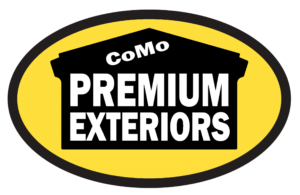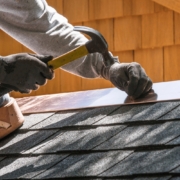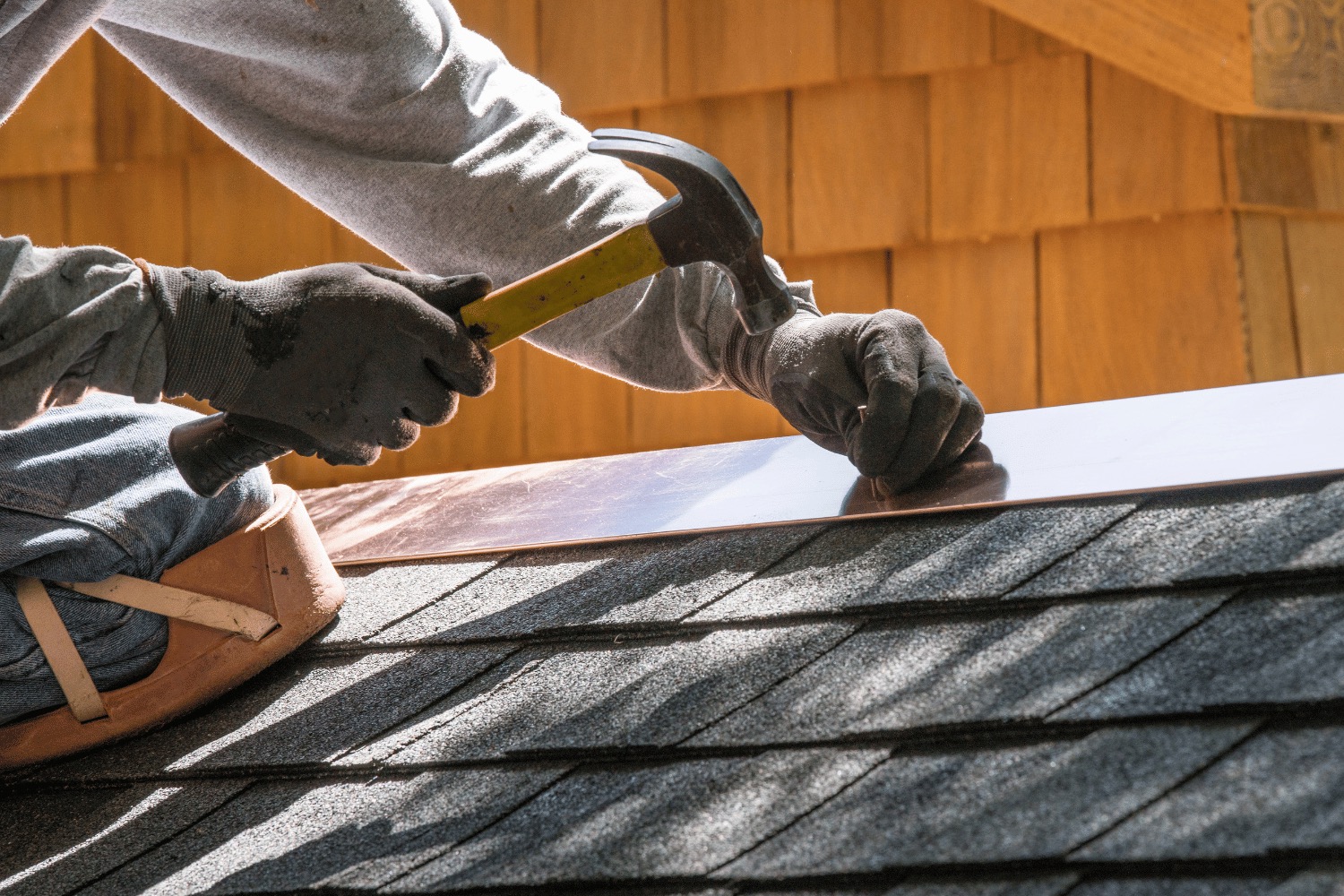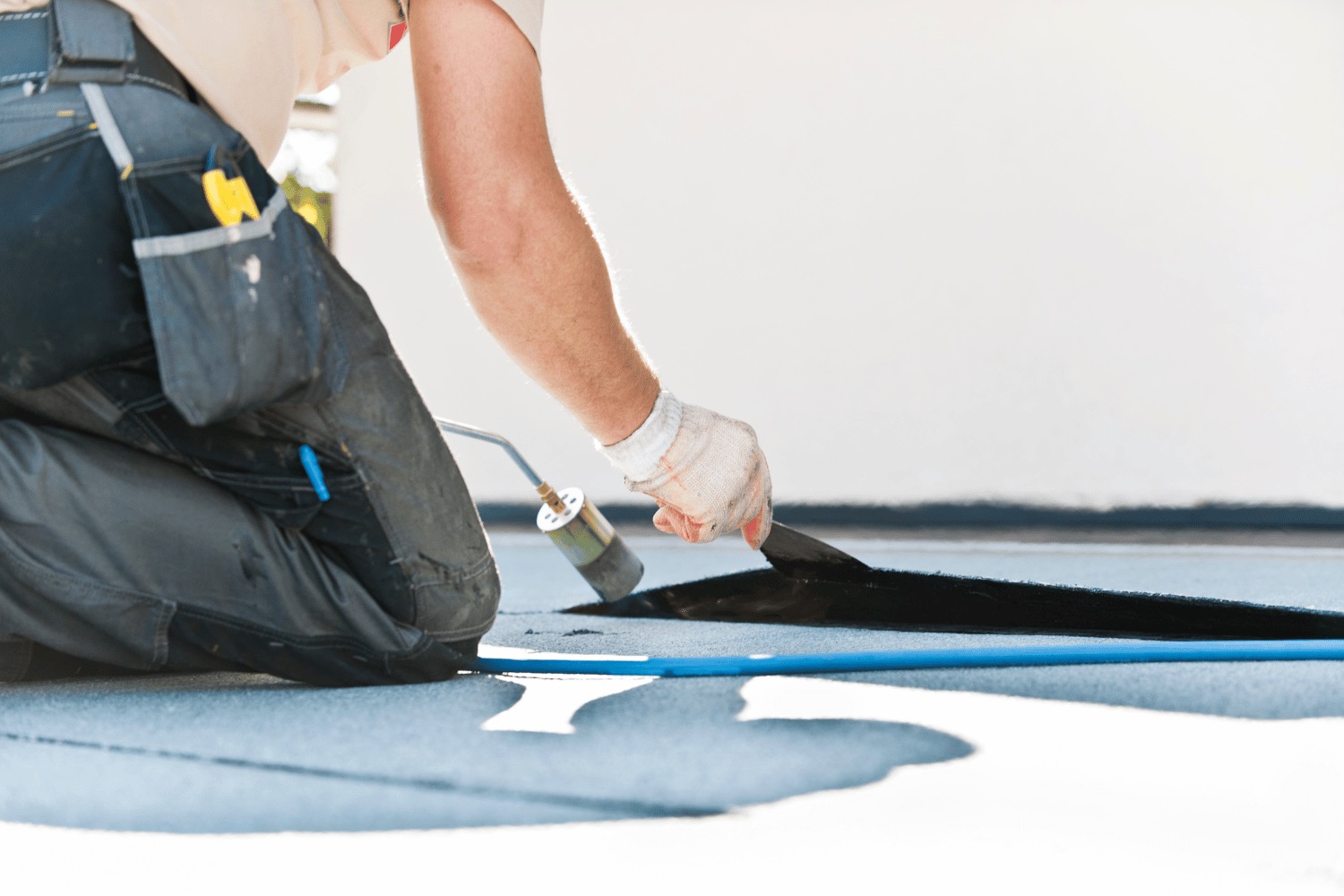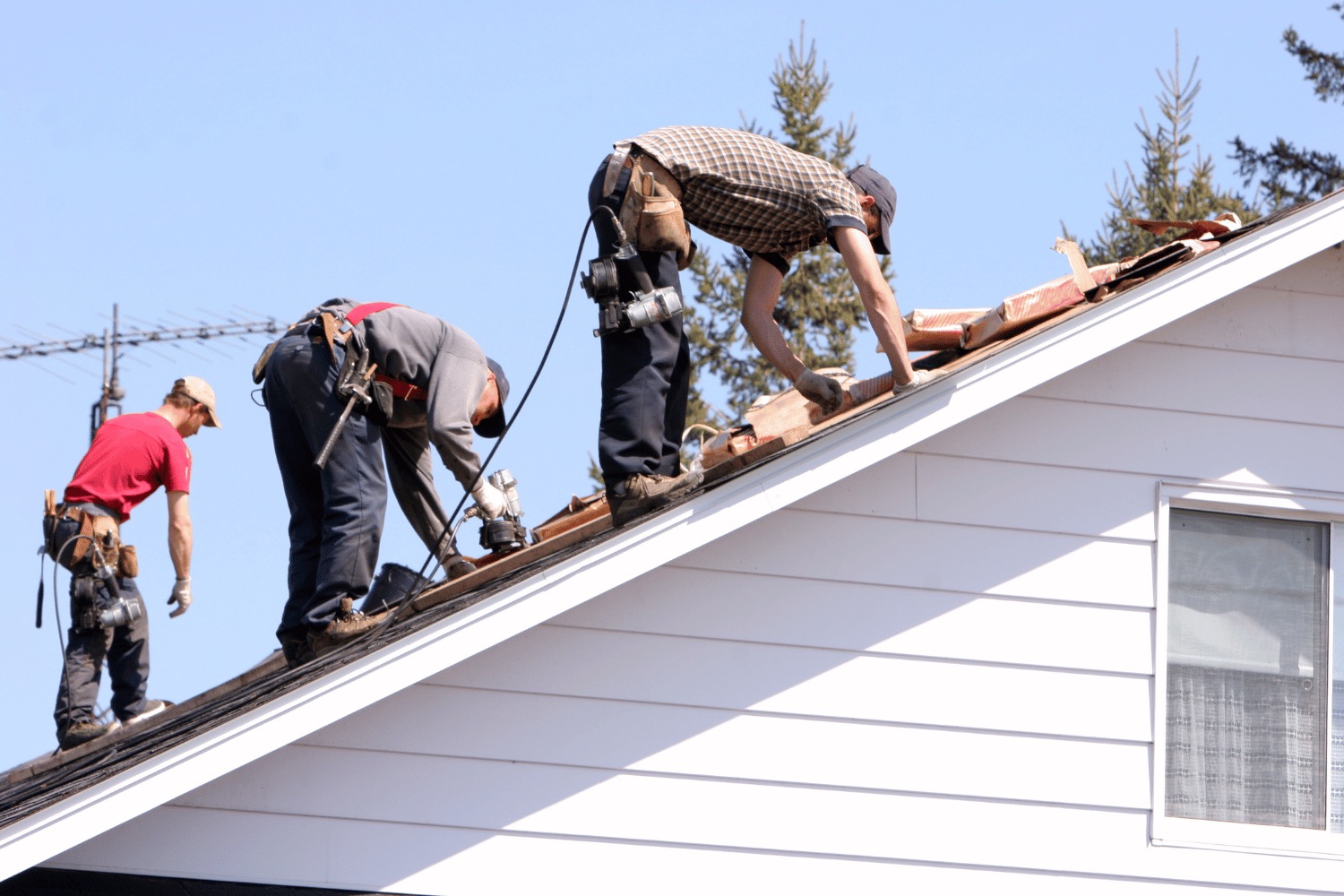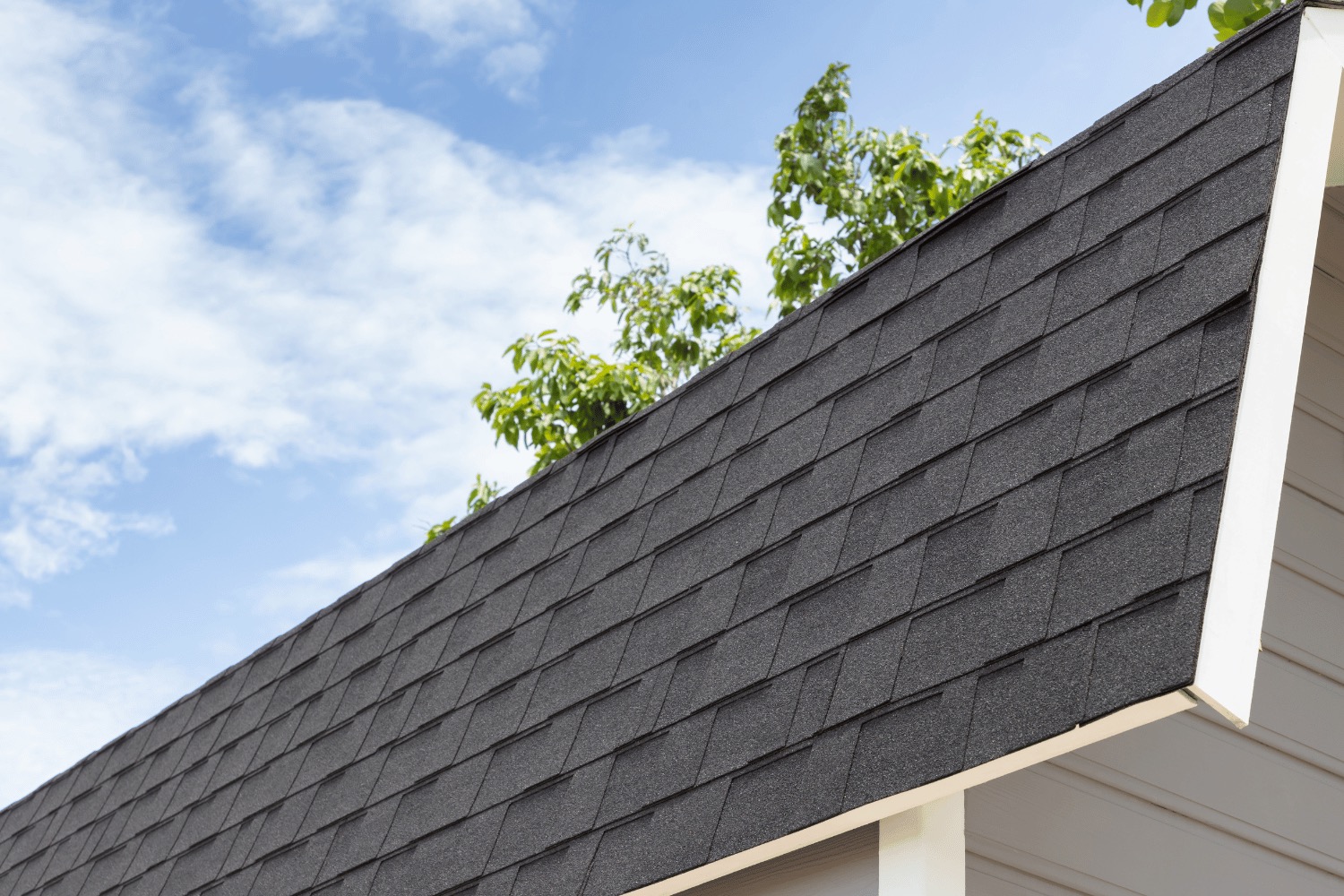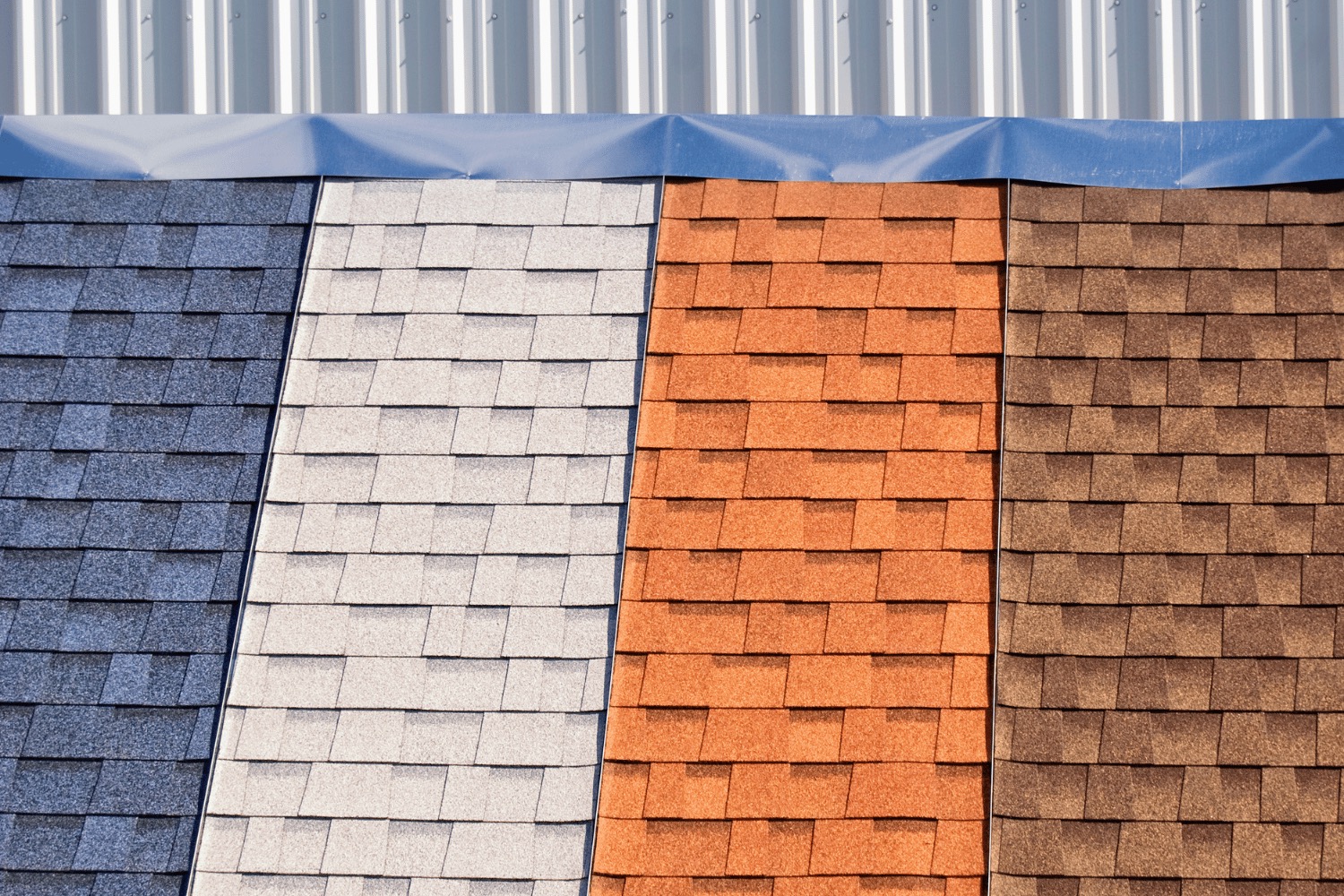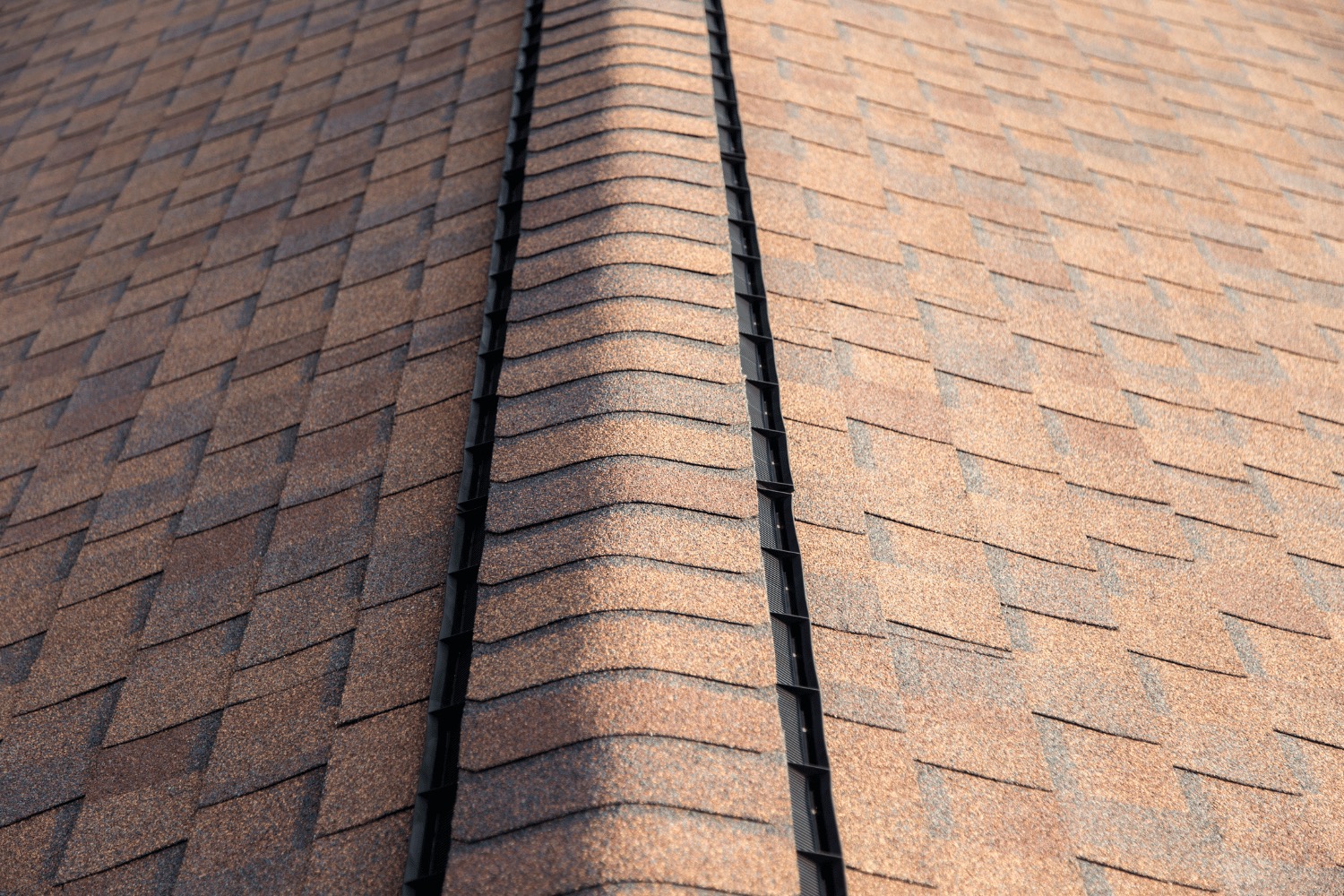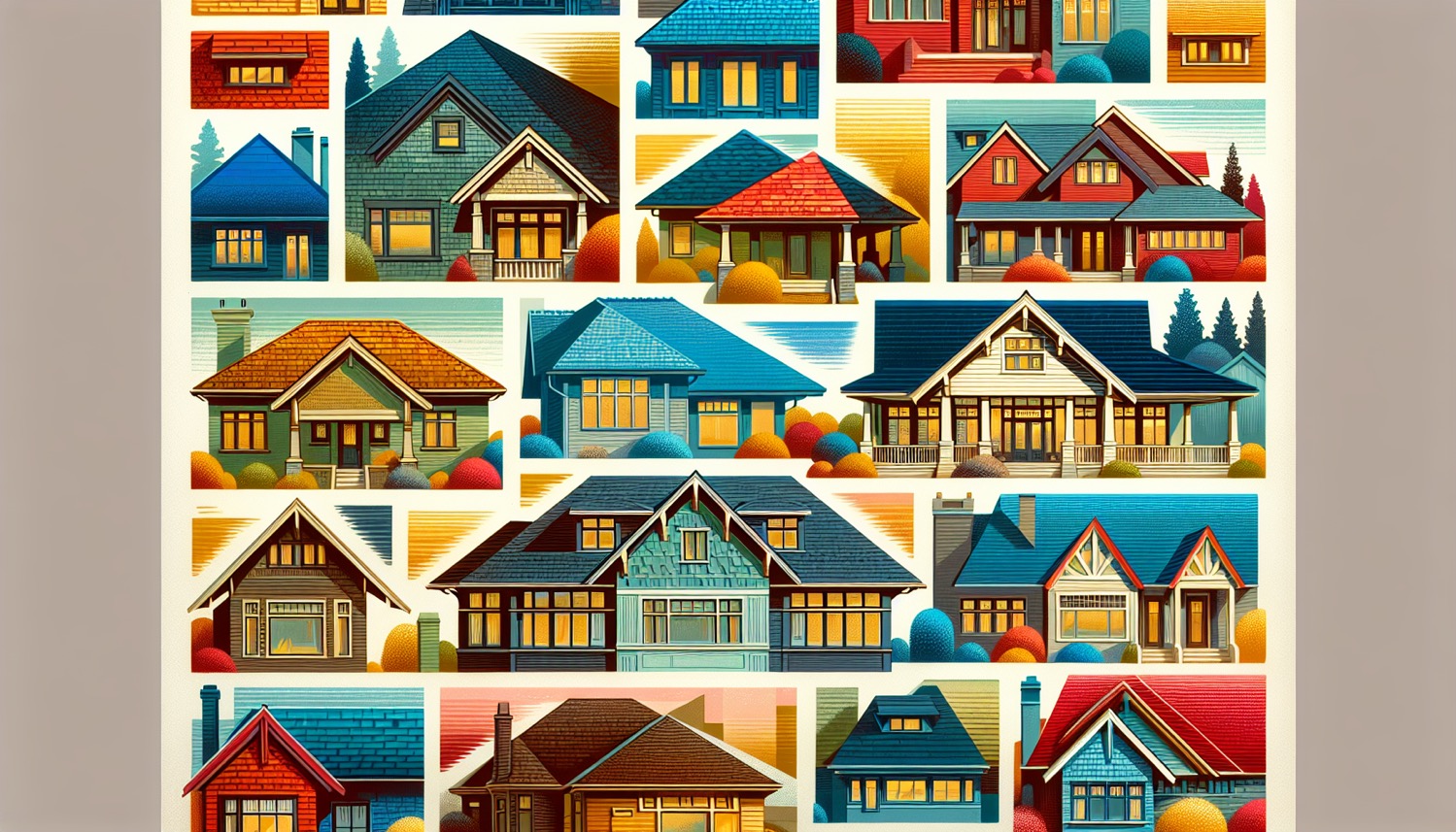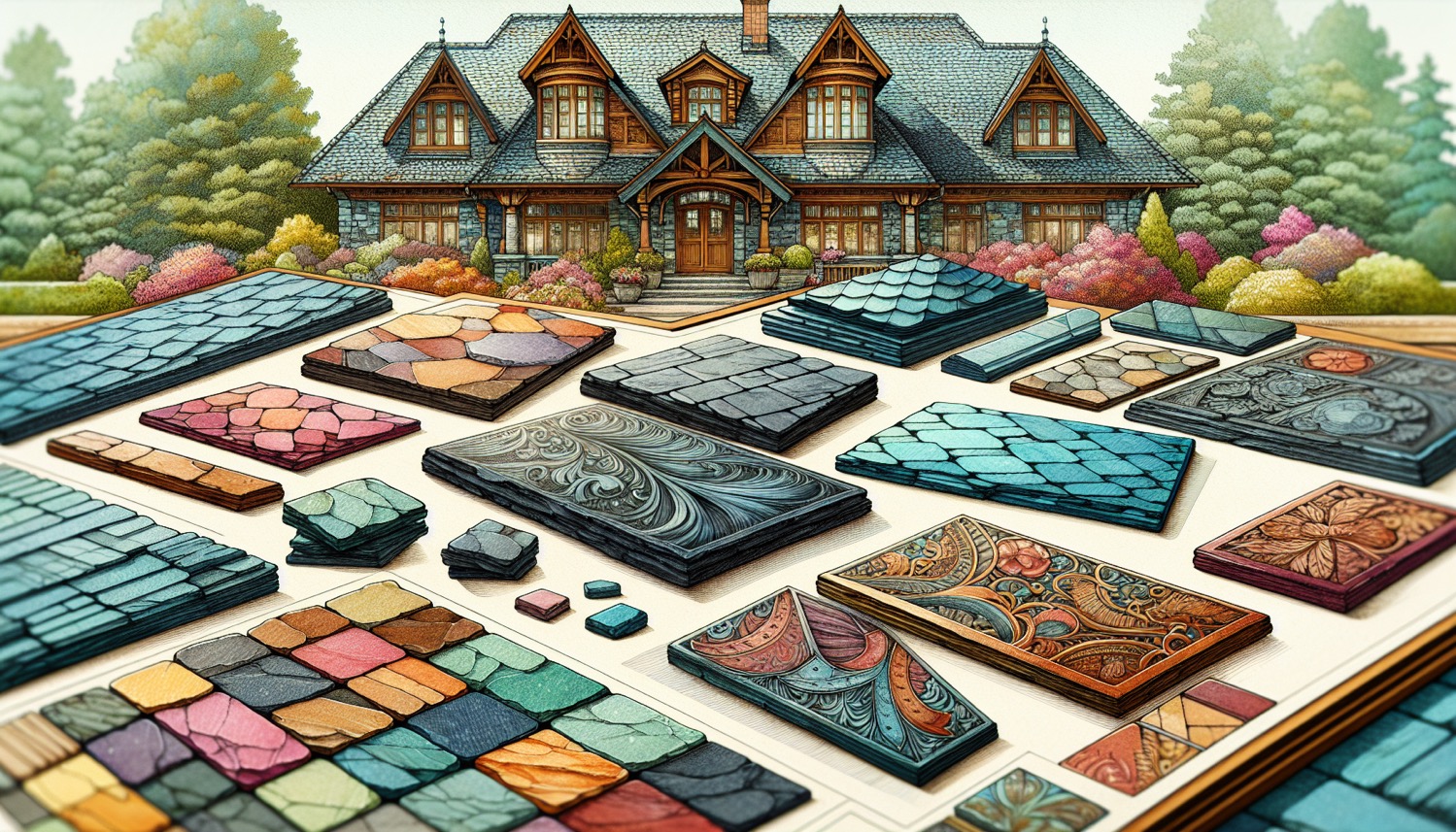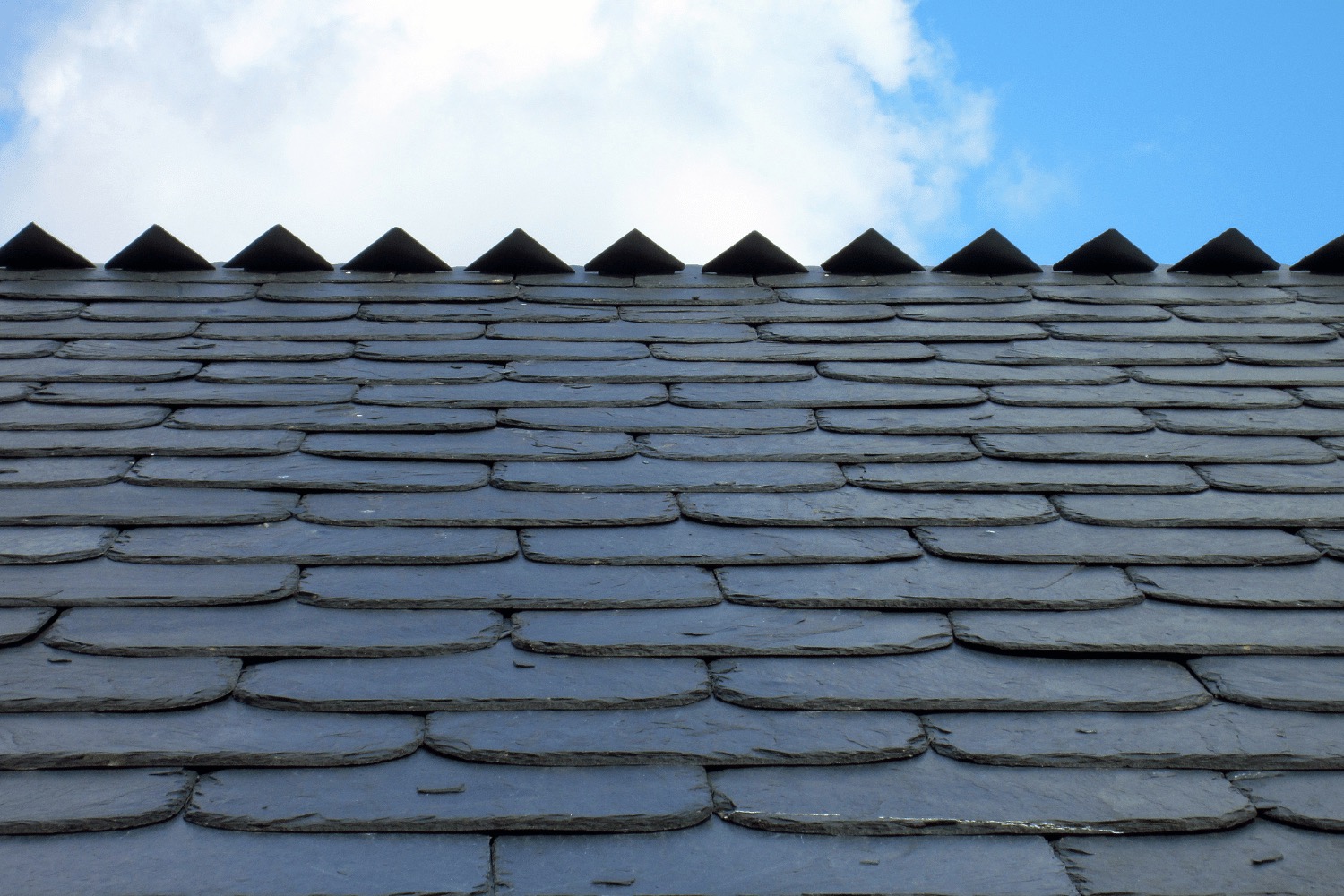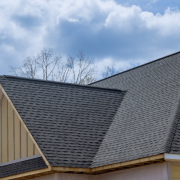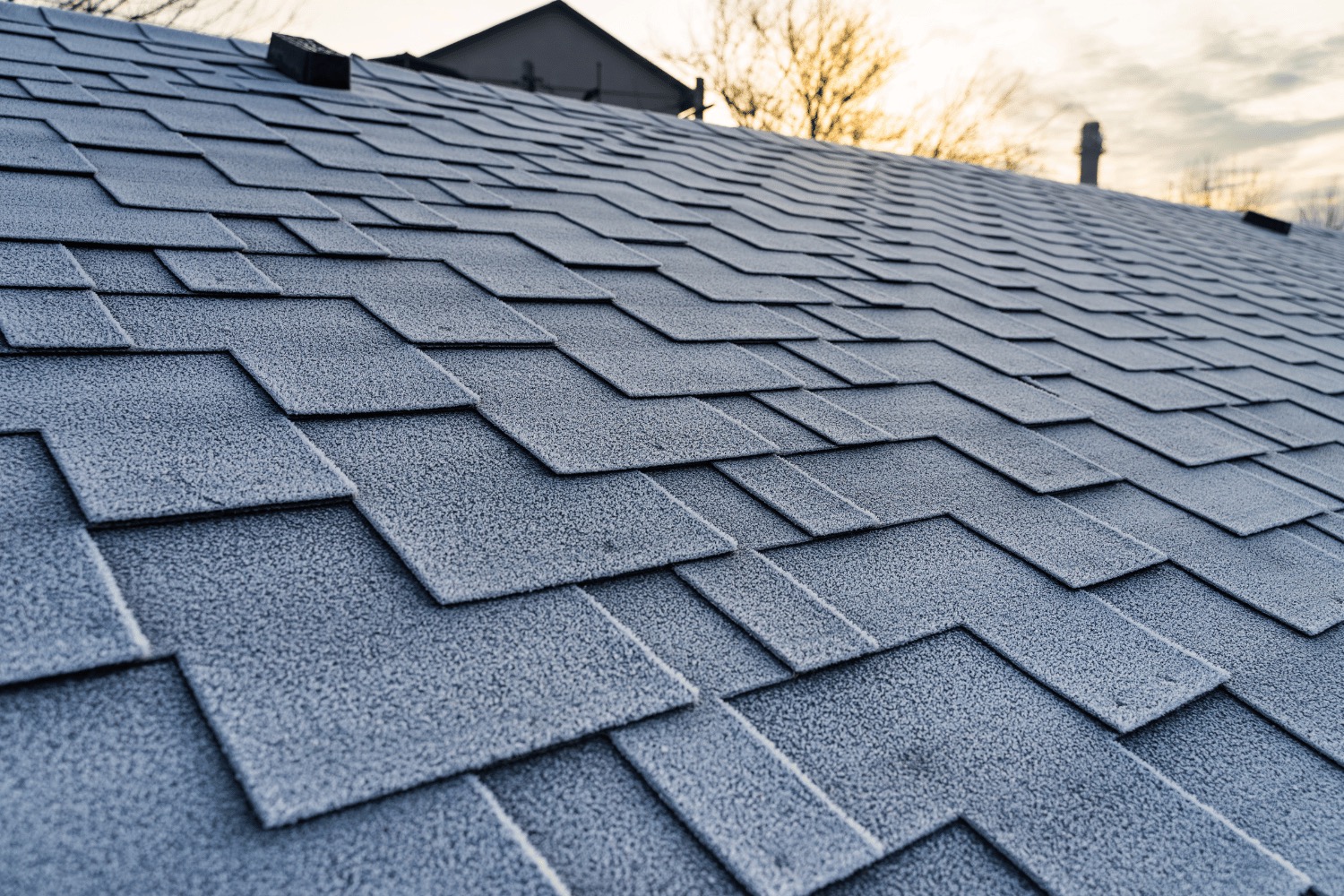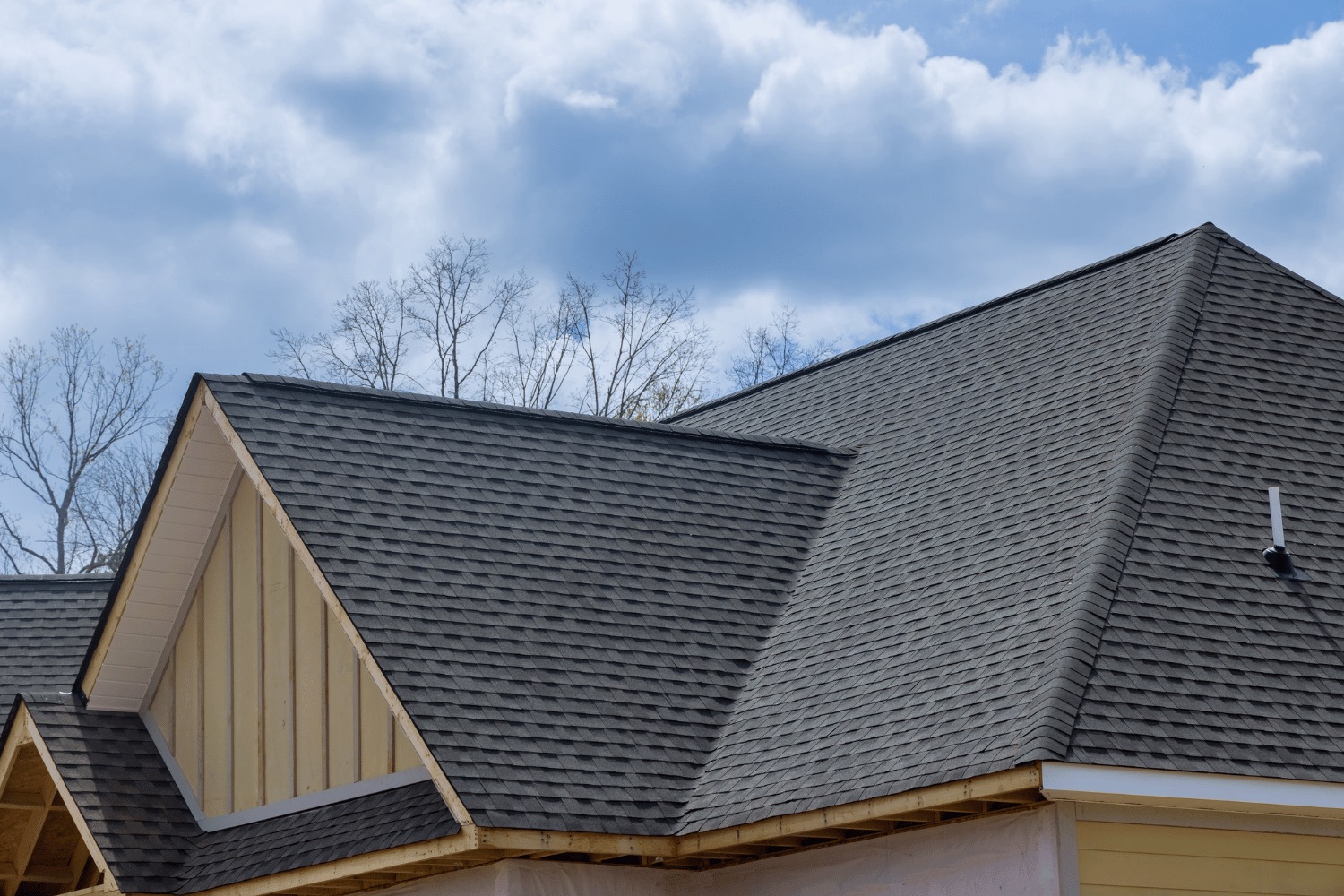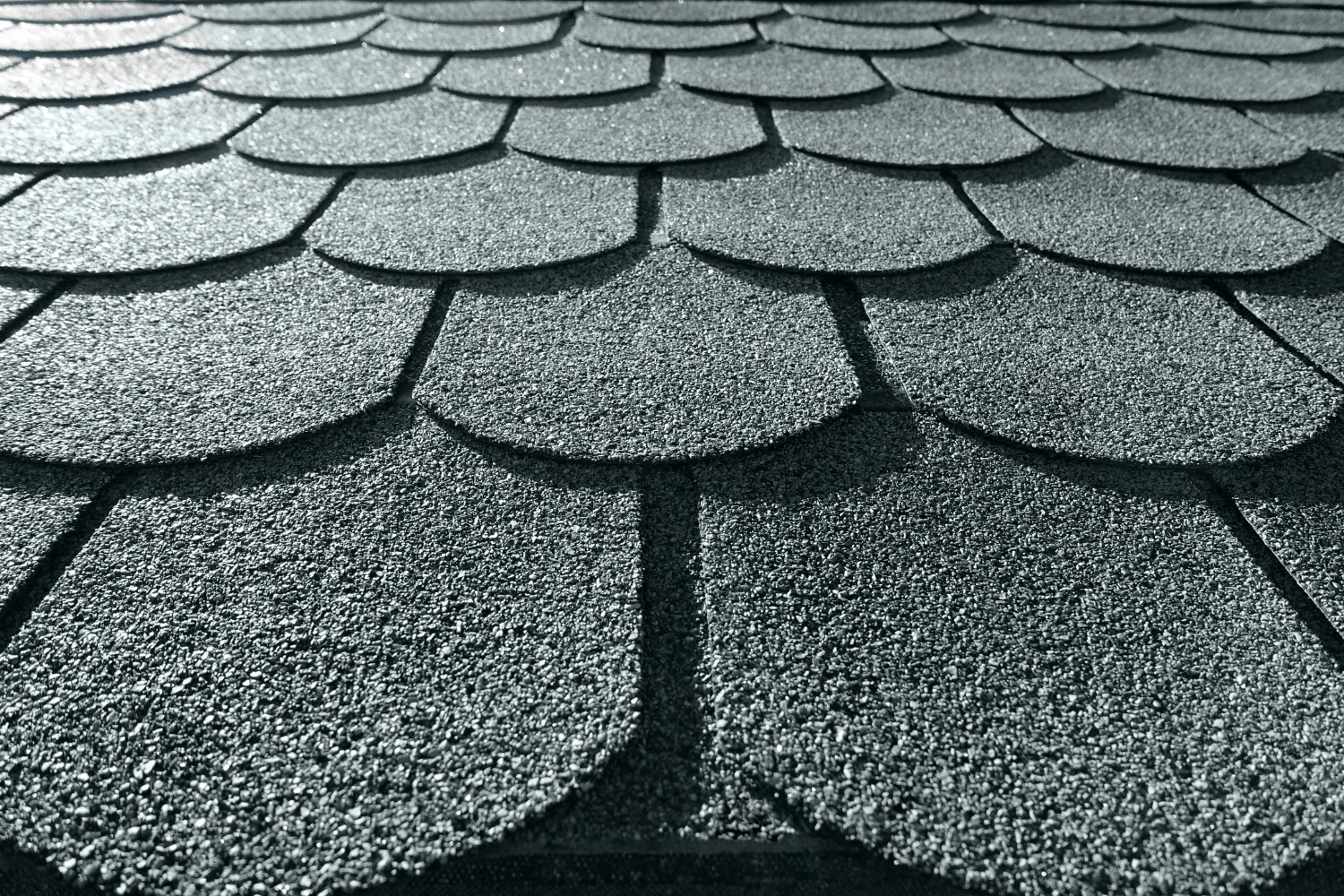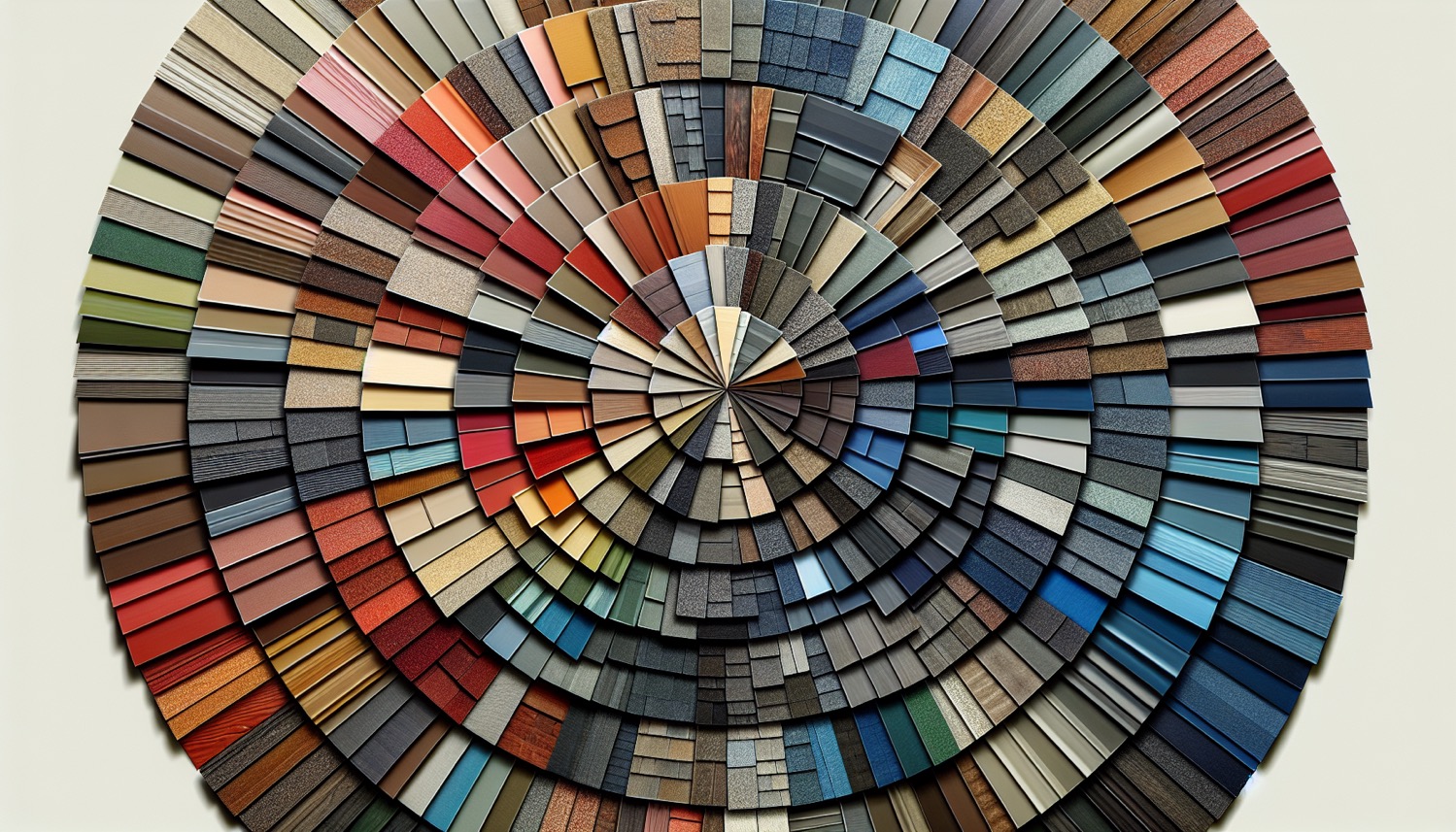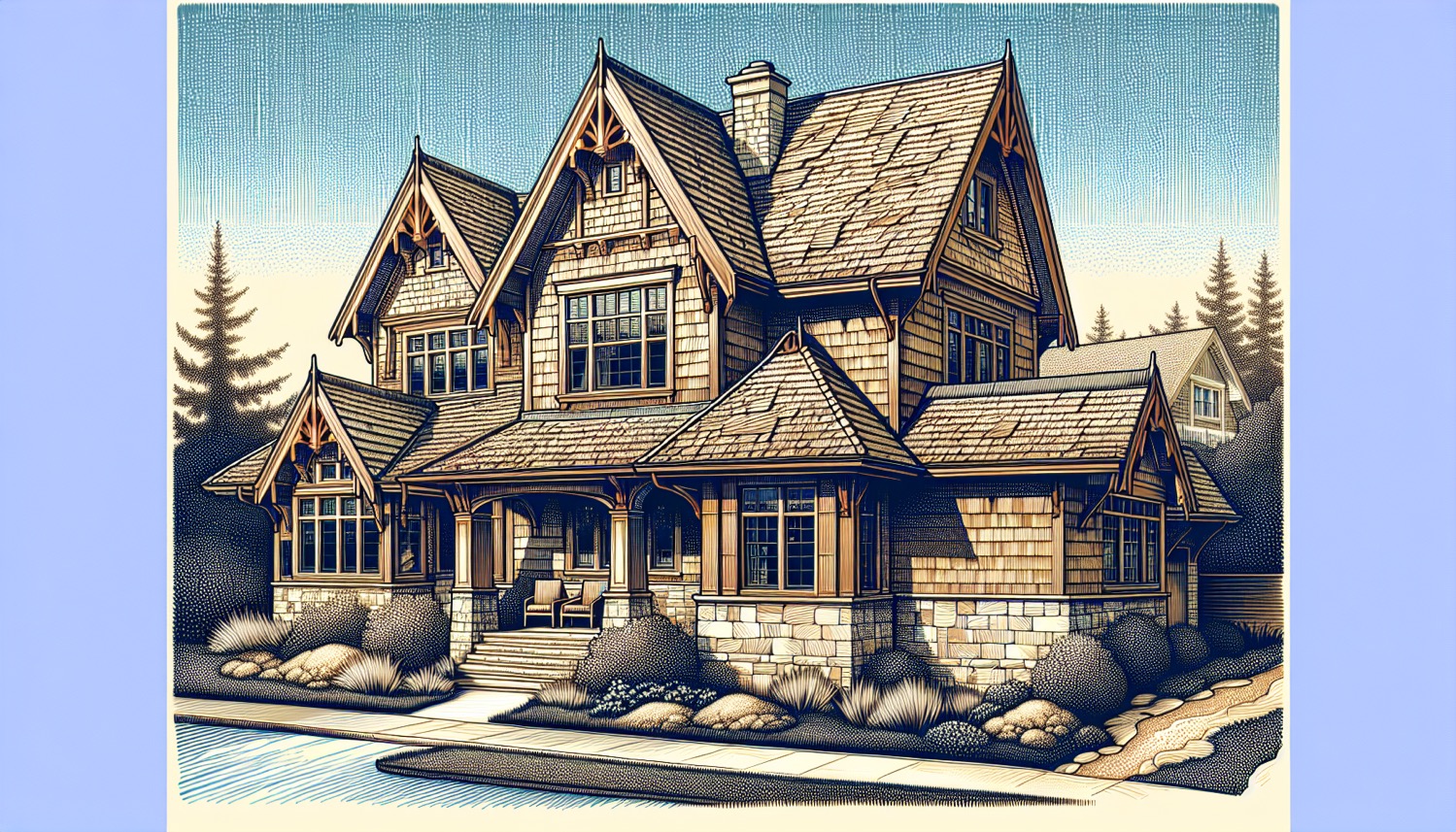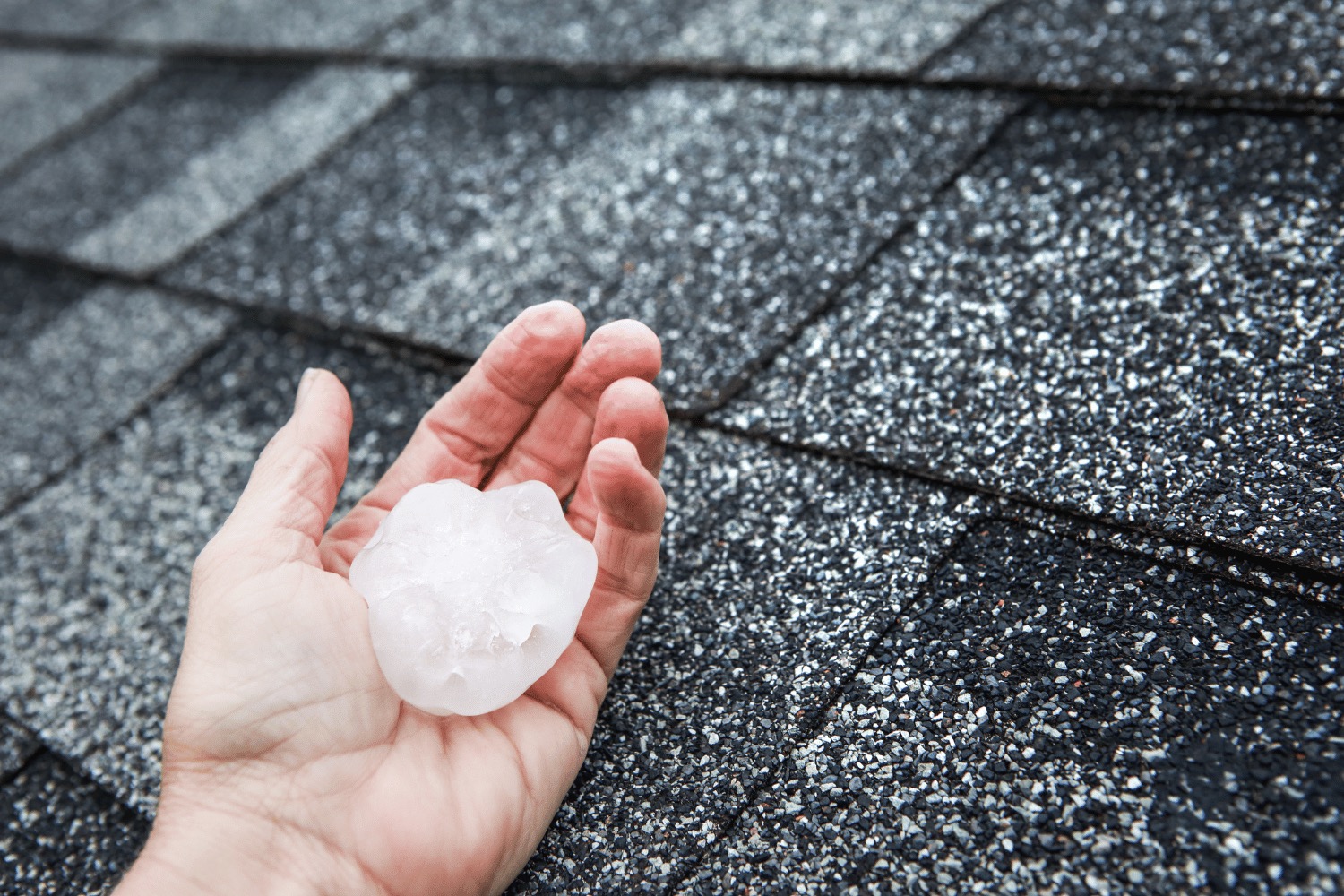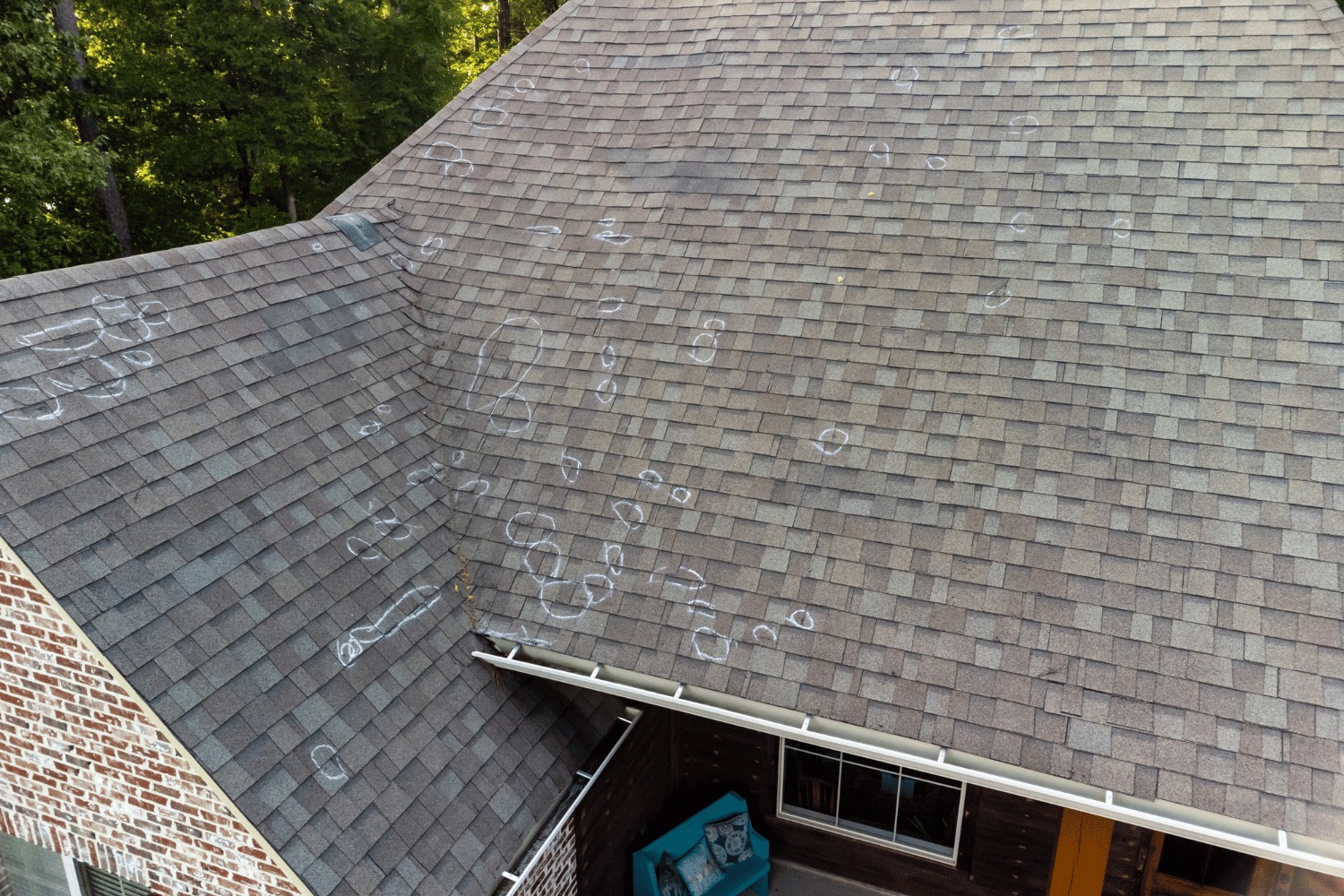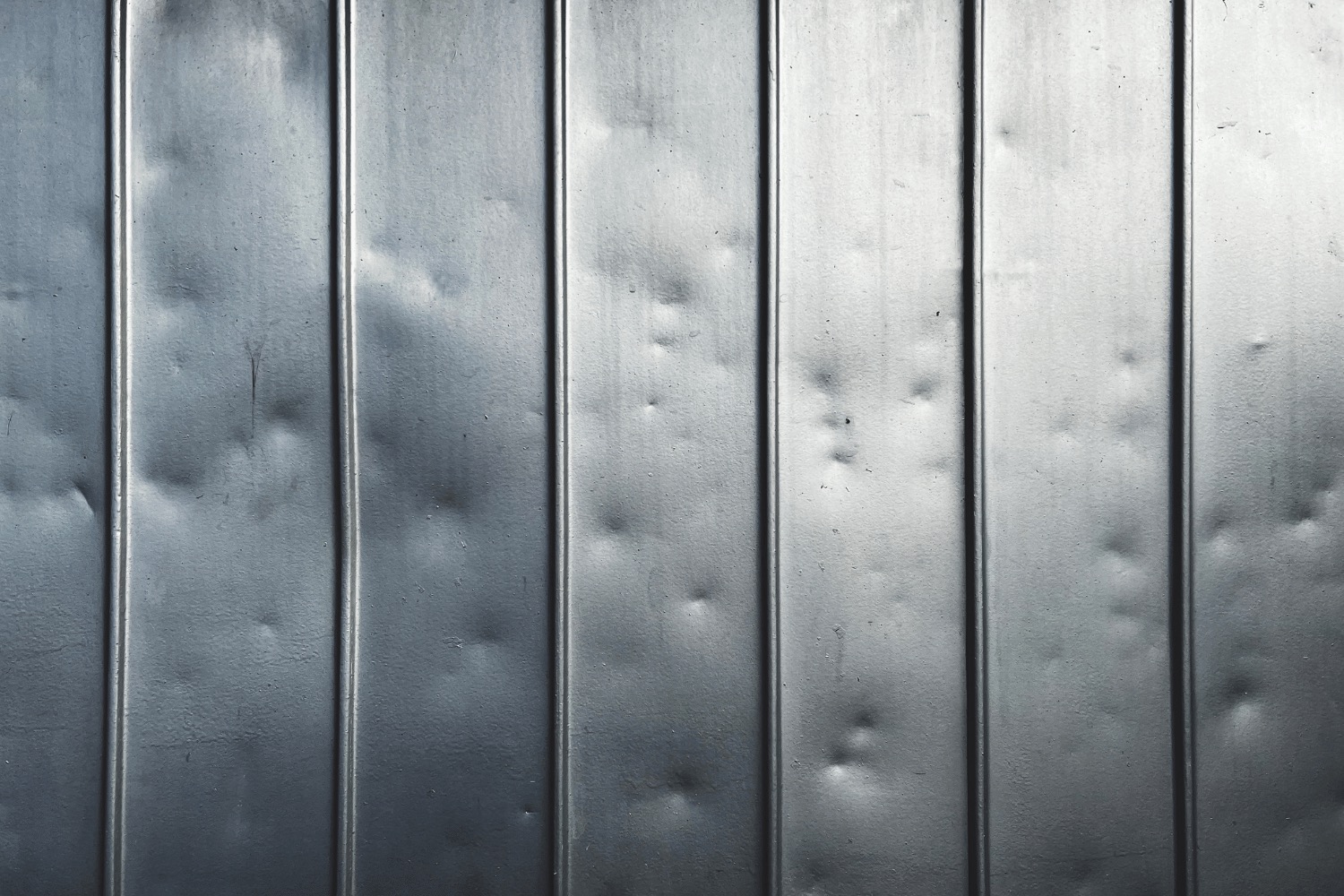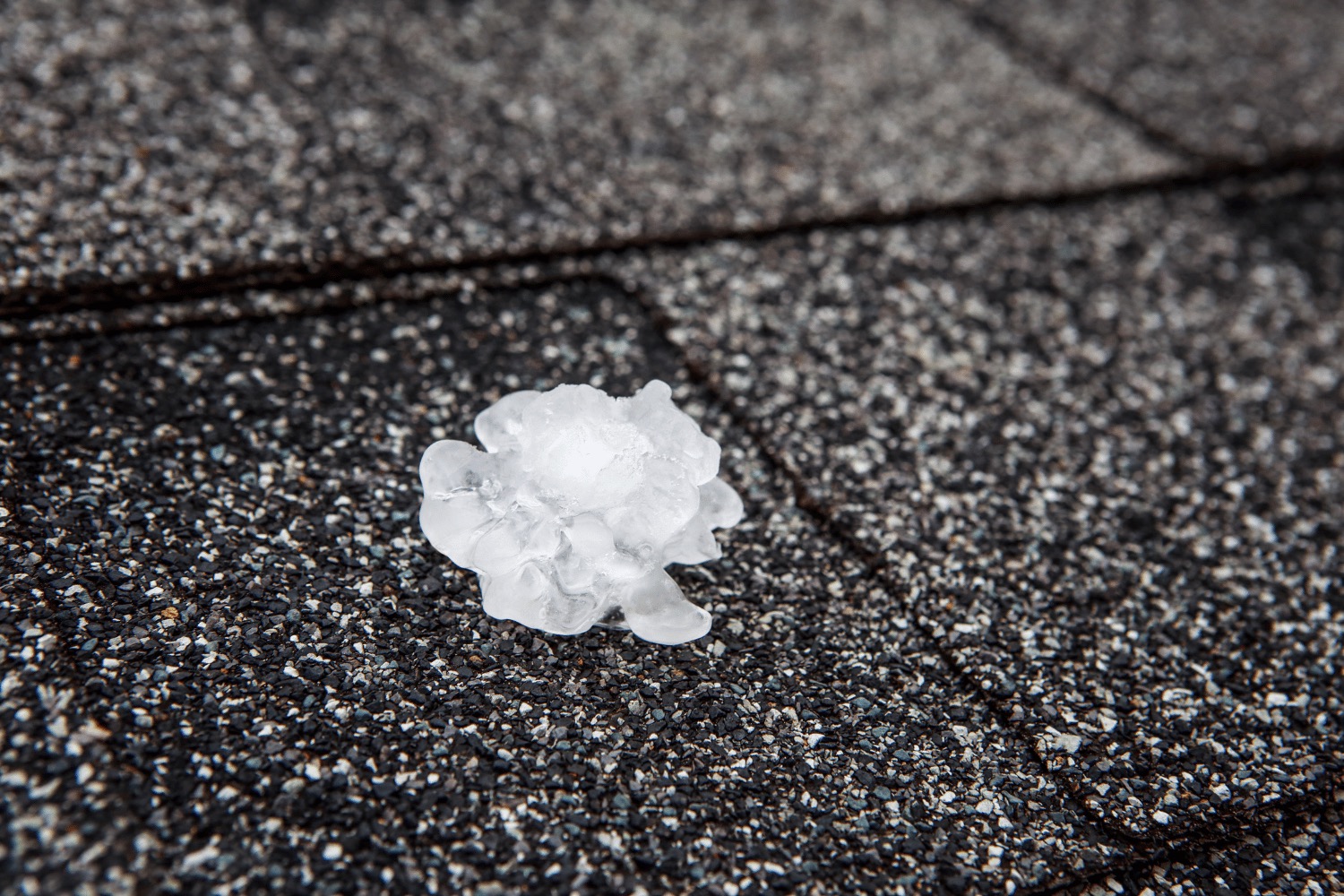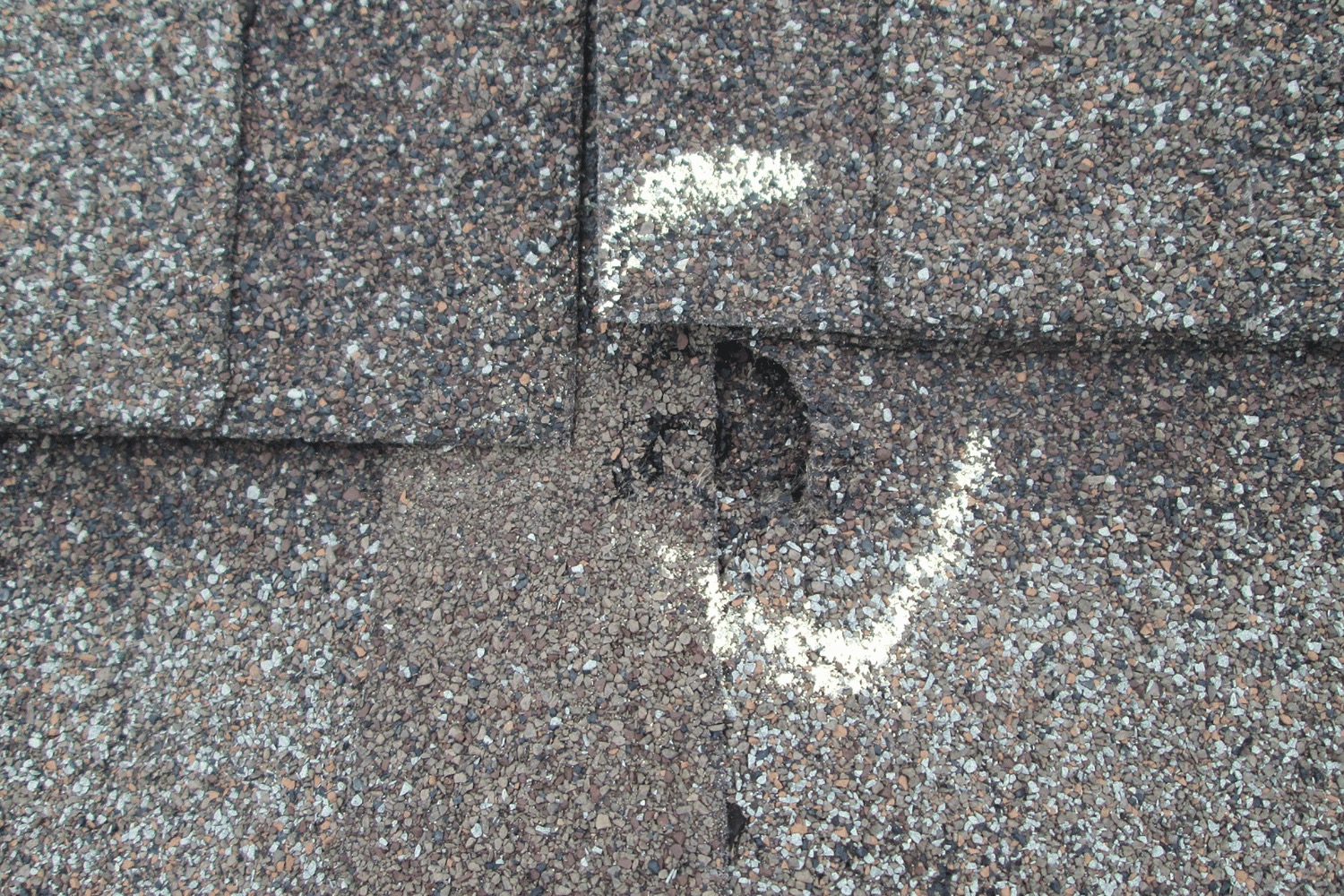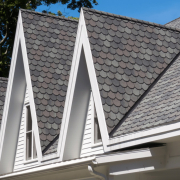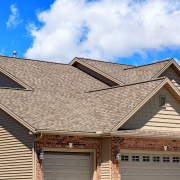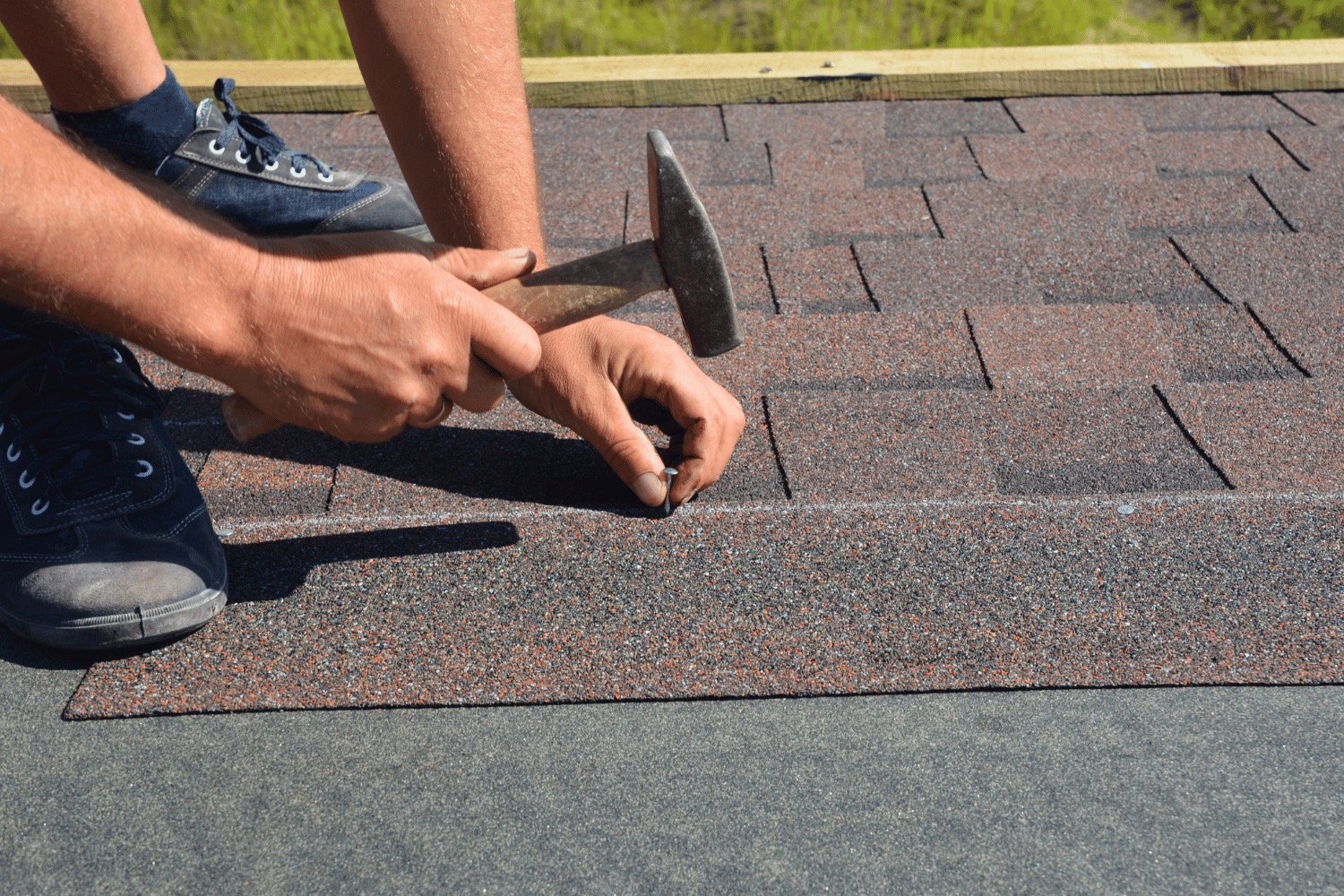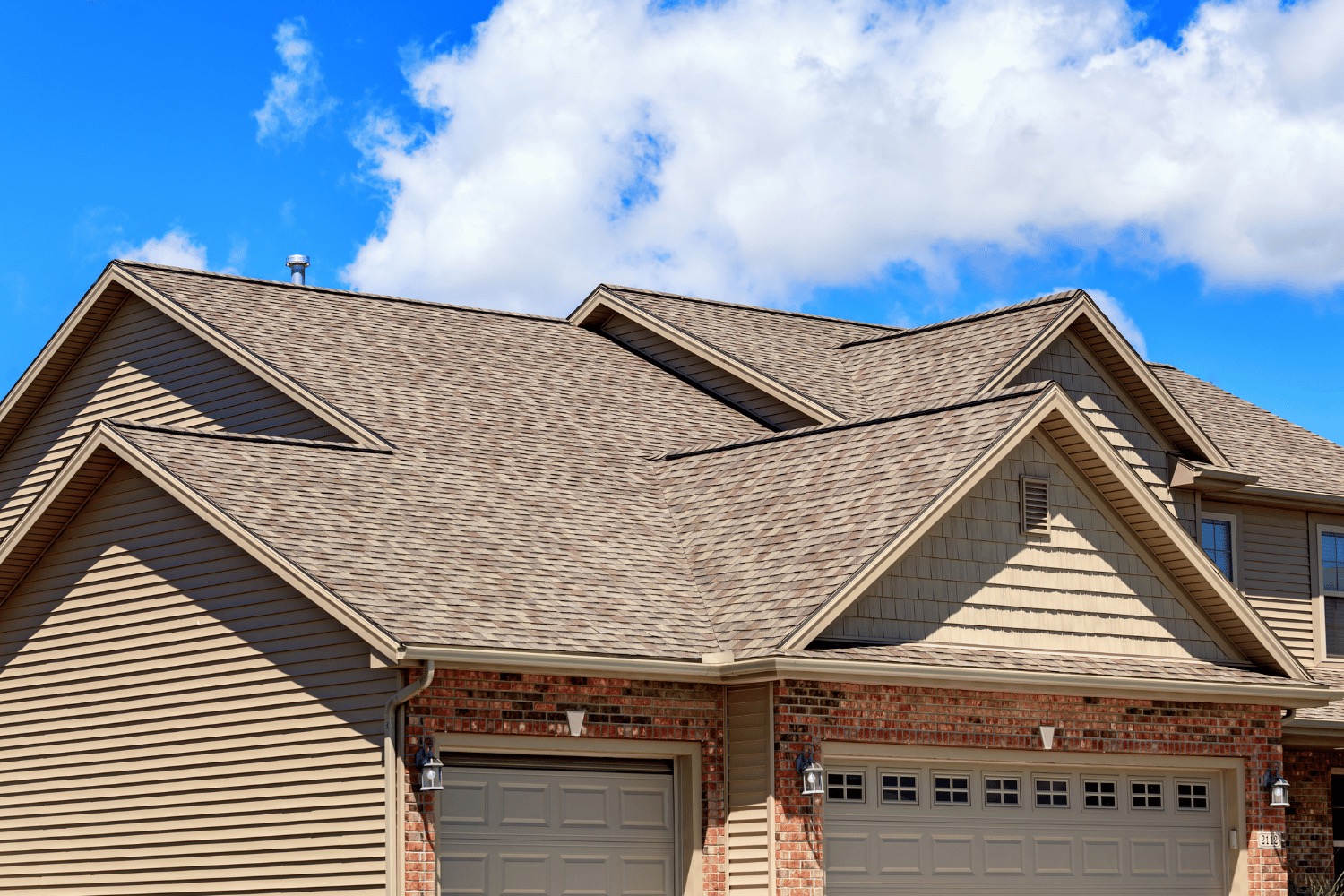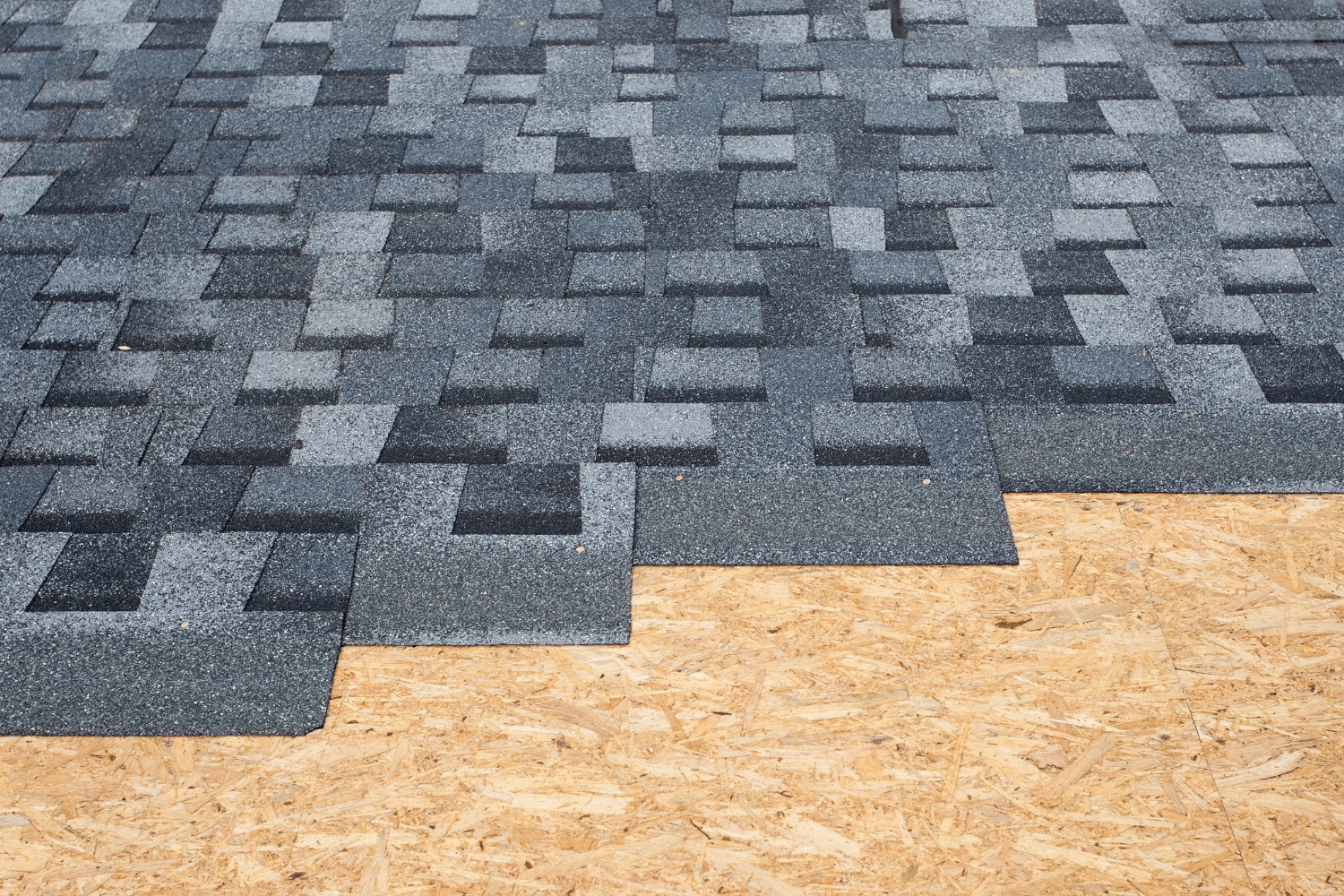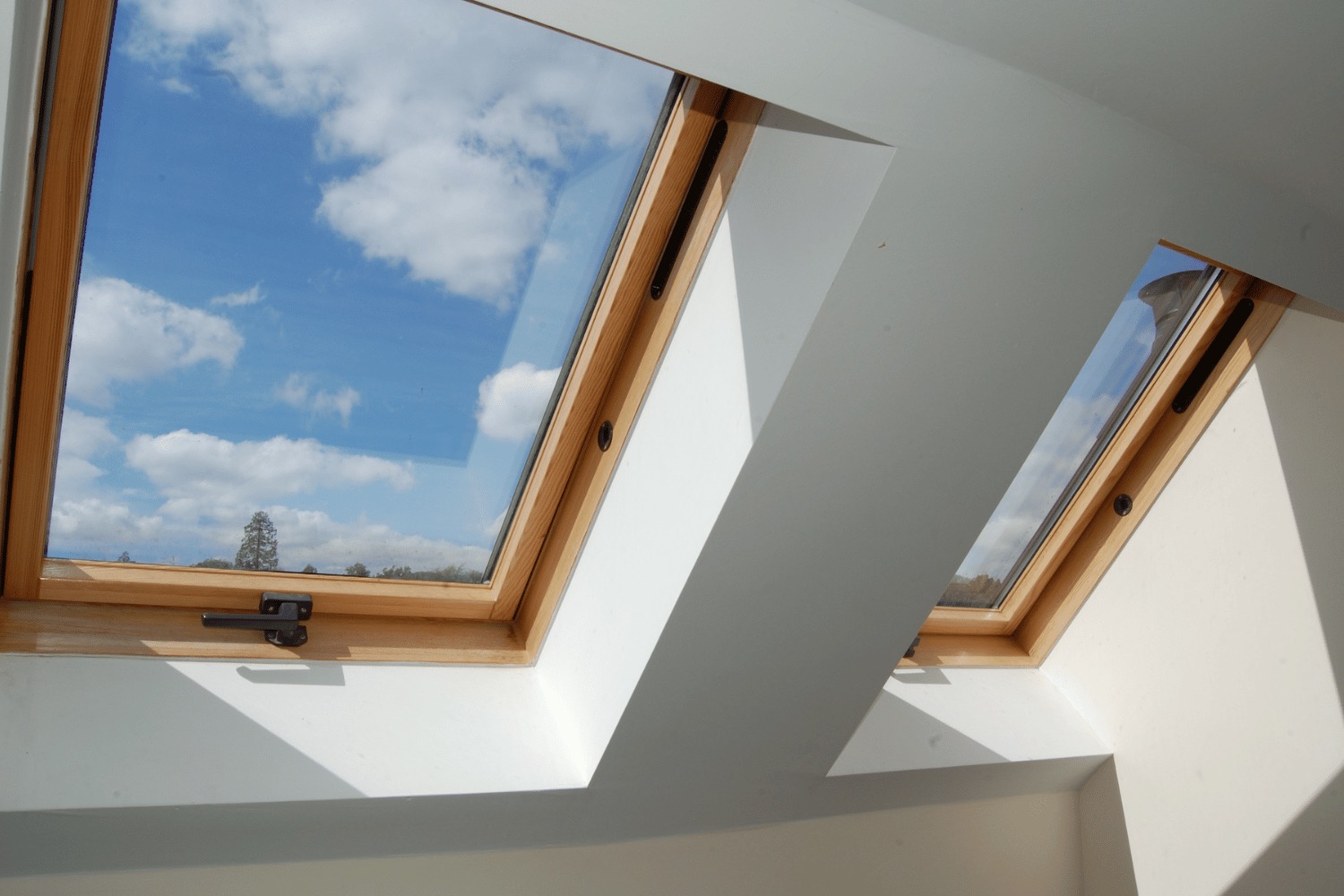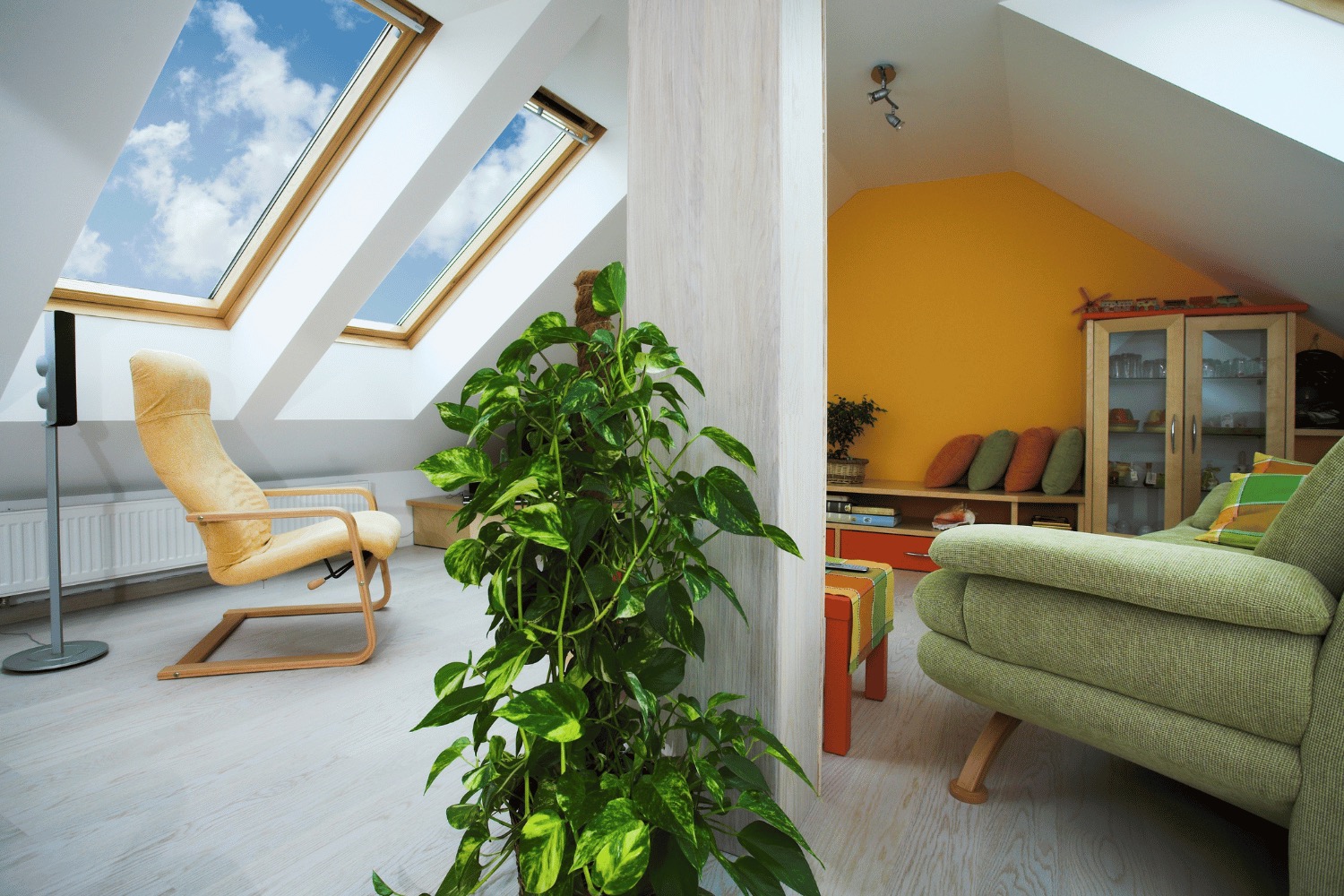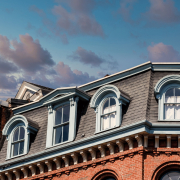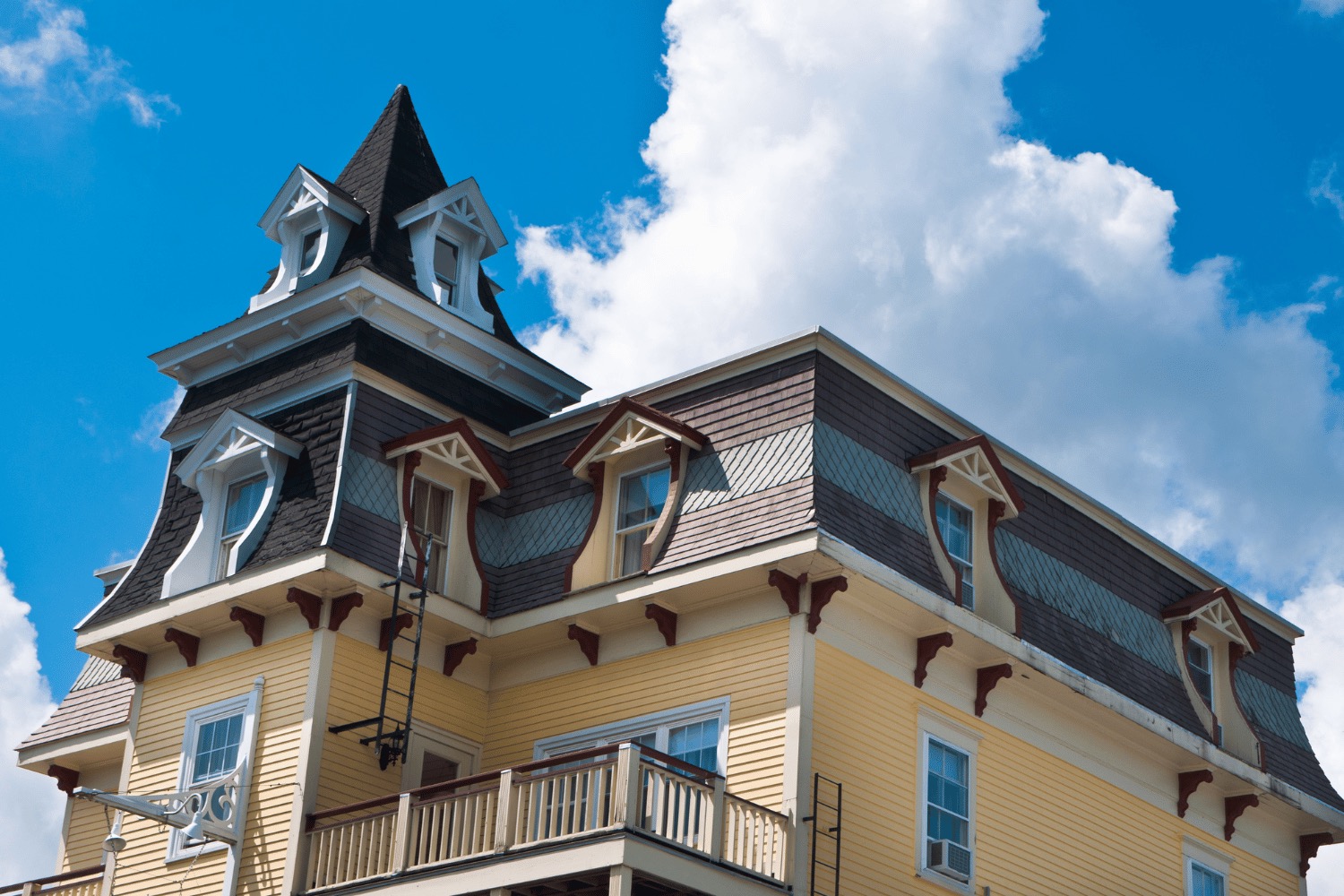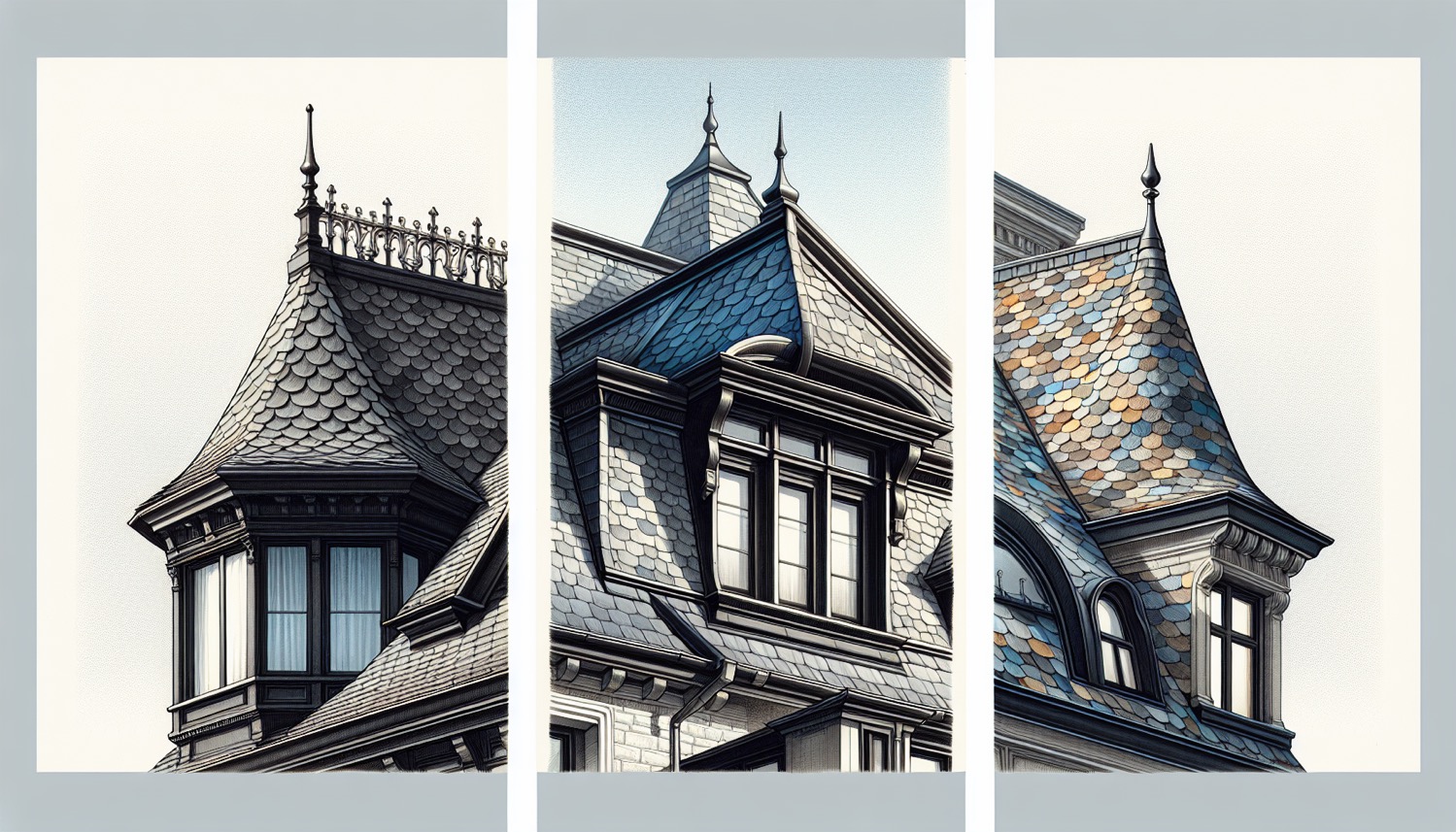The Ultimate Guide on How to Replace Your Roof
Replacing your roof involves several crucial steps, from assessing its condition to final installation. This guide will help you understand how to replace your roof, whether you’re planning to do it yourself or hire a professional.
Key Takeaways
-
Roof replacement is essential to prevent leaks and maintain structural integrity, especially when signs of damage or aging are visible.
-
Proper evaluation, preparation, and inspection are critical steps before, during, and after the roof replacement process to ensure a successful outcome.
-
Choosing the right materials and deciding between DIY and professional help can greatly affect the cost, safety, and durability of the new roof.
Why You Might Need a Roof Replacement
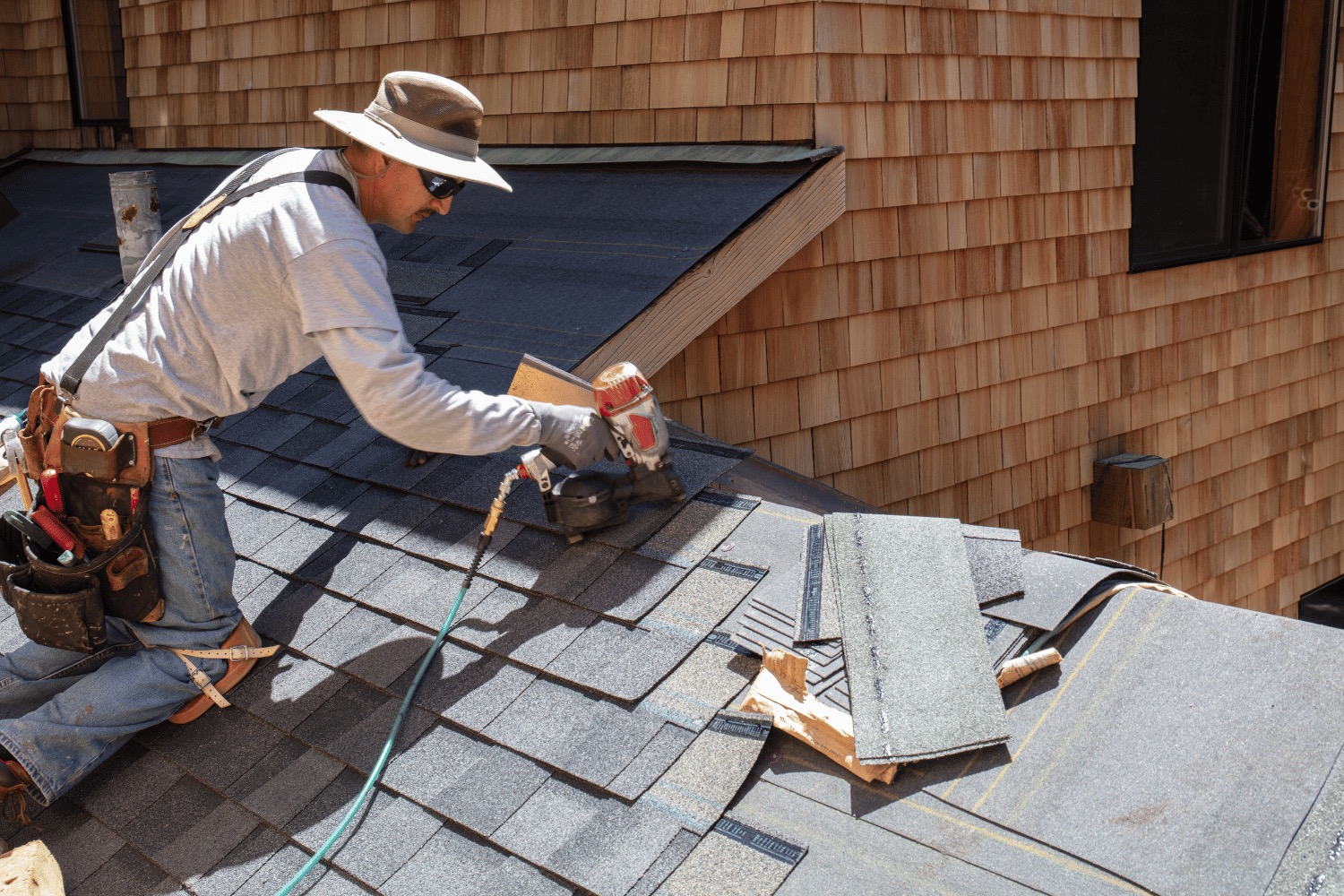
An illustration showing signs that indicate a roof replacement is needed.
Roofs endure a lot over time. From the relentless beating by the sun to the unexpected fury of a storm, roofs are designed to protect us but are not invincible. Natural disasters, severe weather, and the wear and tear of everyday life are common reasons for roof replacement. Neglecting roof maintenance can lead to costly leaks and even a structural collapse, emphasizing the importance of keeping an eye on your roof’s condition.
Visible signs that a roof replacement is needed include broken or missing shingles, leaks, and noticeable warping or sagging. Perhaps you’ve noticed sunlight peeking through your attic ceiling—this is a clear indicator that your roof is compromised and leaking. Putting off a roof replacement can result in water penetrating the roof sheathing, leading to expensive damages that could have been avoided.
Replacing your roof on time can prevent further damage and complications. Ignoring roof deterioration signs risks compromising your home’s structural integrity. Addressing issues early helps safeguard your property and avoid more extensive, costly repairs.
Evaluating Your Existing Roof
Evaluating your existing roof is the first step in the replacement process. Look for visible damage such as curling edges, cupped tabs, or missing granules, which suggest the roof is near the end of its lifespan. Cracked shingles also signal that replacement may be needed.
The age of your roof is a significant factor. If your roof is over 20 years old and looks worn, it might be time for an assessment. Dark streaks from algae and moss growth that trap moisture and damage shingles also need attention. While sometimes cosmetic, these issues can escalate if ignored.
Regular roof inspections are vital. Seasonal checks help identify wear and potential damage early, allowing you to address issues before they escalate and ensuring the roof remains in good condition.
Steps to Replace Your Roof
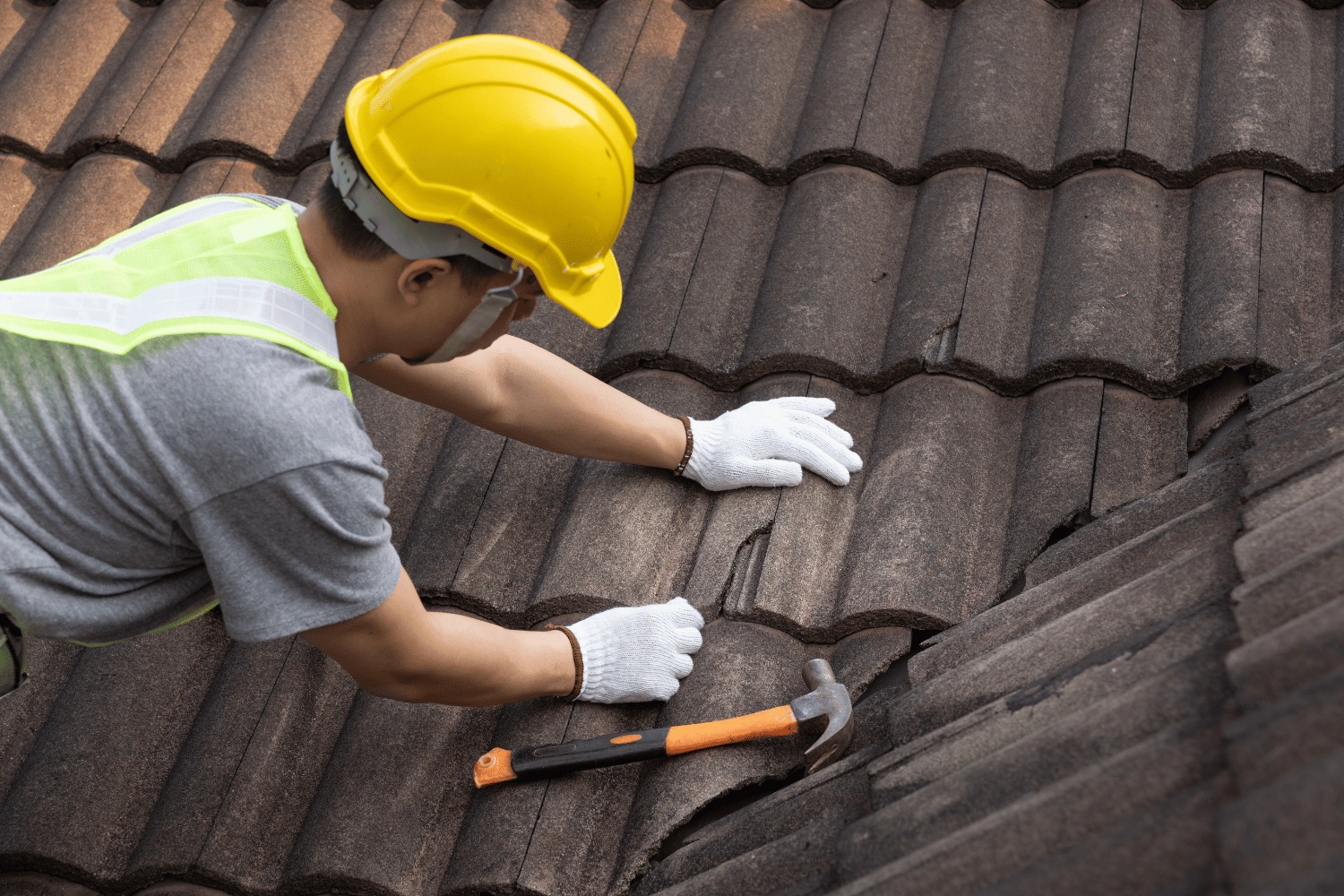
A step-by-step illustration of the roof replacement process.
Replacing a roof involves several critical steps, from initial preparation to final inspection. The roof installation process typically starts with selecting a reliable roofing contractor, preparing the site, removing the old roof, inspecting and repairing the roof deck, and installing new roofing materials to replace a roof.
On average, the entire roof replacement process can take from a day to a week, depending on the size of the roof and weather conditions. Now, let’s break down each step in detail to ensure a successful roof replacement.
Preparing for Roof Replacement
Preparation is key to a smooth roof replacement. First, obtain the necessary permits. A professional contractor can manage permits for you, ensuring compliance with local regulations. Understanding the permit process, including duration, cost, and inspection requirements, is crucial, especially for DIY projects.
Timing is crucial. If you plan a fall replacement, schedule early to avoid conflicts. Protect your property by covering flowers or shrubs with tarps and placing plywood against windows and doors. Informing neighbors about the project can also minimize disruptions.
These preparatory steps ensure a smooth and successful roof replacement, minimizing potential issues.
Removing the Old Roof
Removing the old roof prepares the surface for new materials. All old materials must be removed to prevent future leaks and ensure proper adhesion of the new roof. Coordinate this with the delivery of new materials to stay on schedule.
A roofing shovel is an invaluable tool for this job, helping to strip away old shingles and other materials efficiently. Renting a dumpster can aid in cleanup, allowing you to dispose of the removed materials promptly.
Ensure all old shingles are removed before starting the installation of new roofing materials.
Inspecting and Repairing the Roof Deck
After removing the old roof, inspect the roof deck for damage. This ensures a solid foundation for the new roof. Look for damage from severe weather or debris. Do not cover up a damaged deck; make necessary repairs to ensure proper support.
If significant damage is found, attach new sheathing to restore strength. This ensures the roof is structurally sound and ready for new materials.
Installing Underlayment and Drip Edge
Next, install the underlayment, which prevents water from seeping into the wood decking. Then, install starter shingles at the edges for extra protection from weather exposure.
Securing the metal drip edge is equally important. It prevents water from running onto the fascia boards, essential for roof longevity. Use roofing nails to secure the drip edge every 2 to 3 feet through the decking.
Applying Ice Barriers and Roofing Paper
Ice barriers are crucial in regions prone to ice dams. Install them around the roof’s edges to combat ice dams and prevent water infiltration, before installing shingles for maximum protection.
Next, lay down felt paper to capture moisture between the shingles and sheathing. Secure it by nailing or stapling every 12 inches. Ensure proper overlap of felt sheets for a continuous moisture barrier.
Laying roofing paper after installing the underlayment completes the moisture barrier, ensuring the roof remains watertight and durable.
Installing New Shingles or Other Roofing Materials
Installing new shingles or other roofing materials shapes your roof. Start at the eaves and work upward, using a pneumatic nailer to speed up the process. Use a chalk line as your guide for straight lines.
Re-roofing involves installing new shingles over existing roof shingles, viable only if the old shingles are in good condition. Carefully consider the pros and cons. The underlying sheathing must be in good condition for re-roofing.
Meticulous installation is crucial for expensive materials like slate to prevent cracking or breaking. The type of materials used can significantly affect installation time and project duration.
Adding Flashing and Ridge Vent
Flashing prevents leaks around vents and other roof penetrations. Add flashing before installing shingles around a ridge vent to ensure a watertight seal. Secure it by nailing and sealing with caulk.
A ridge vent improves air circulation within the attic, extending the life of your roof. Proper installation of flashing and ridge vents ensures a durable and efficient roofing system.
Final Inspection and Cleanup
The final inspection ensures your new roof meets all building codes and safety standards. A detailed check will identify any mistakes or flaws, ensuring the roof is ready to protect your home for years.
Cleanup involves removing all leftover debris and ensuring the site is clean. If unsatisfied with the initial cleanup, request a secondary sweep for nails and other debris.
After the final inspection and cleanup, finalize the permit process and enjoy your new roof.
Choosing the Right Roofing Materials

An illustration depicting various roofing materials available for selection.
Choosing the right roofing materials is pivotal in the replacement process. Asphalt shingles are popular for their affordability and ease of installation, offering a good balance of cost and durability. Metal roofs, however, are highly durable and energy-efficient, ideal for longevity and low maintenance.
Climate and architectural style significantly influence material selection. For example, clay tiles resist rot and insects and offer excellent longevity but require a reinforced structure due to their weight, making them suitable for specific styles and climates. Different materials also impact energy efficiency and long-term savings.
For sustainability, choose roofing materials with high recycled content. This option benefits the environment and often provides long-term savings, including potential energy cost reductions.
DIY vs. Hiring a Professional Roofing Contractor

A cartoon comparing DIY roofing projects with hiring a professional roofing contractor.
Choosing between a DIY approach and hiring a professional contractor for roof replacement is significant. DIY materials range from $2,500 to $6,300, while hiring a professional typically costs between $5,700 and $12,300. While DIY might seem cost-effective, consider the risks and benefits.
Safety is a primary concern since professionals are trained to handle the risks of working at heights. They offer essential expertise, identifying issues that may not be apparent to inexperienced homeowners, ensuring high-quality workmanship. Additionally, professionals can complete the job quickly, crucial for urgent repairs.
For those with budget constraints but some roofing skills, handling minor repairs yourself could be viable. However, for a full replacement, hiring a professional ensures the job is done correctly and safely, offering peace of mind and protecting your investment.
Maintaining Your New Roof
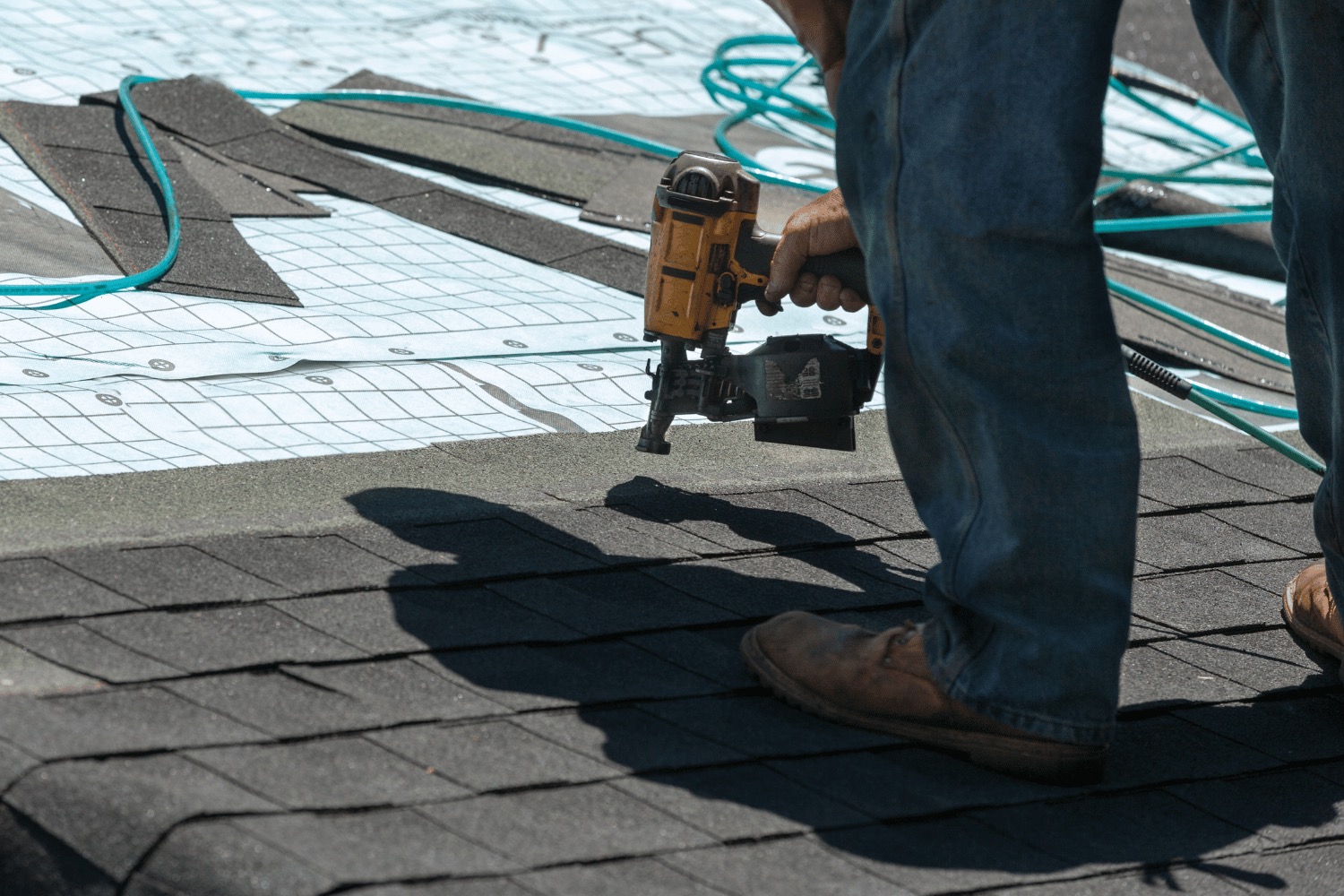
An illustration highlighting maintenance tips for a new roof.
Maintaining your new roof is crucial for extending its lifespan and ensuring it continues to protect your home effectively. Schedule regular inspections at least once a year to identify and address potential issues early. This proactive approach helps catch problems before they escalate, saving you from costly repairs later.
Clean gutters at least twice a year to ensure proper water flow and prevent roof damage. Trim overhanging tree branches to reduce the risk of damage from falling limbs and prevent branches from scraping shingles. These simple tasks can significantly enhance the longevity of your roof.
Regularly remove debris from the roof and treat for moss, lichen, and algae to prevent extensive damage. Following these maintenance tips keeps your new roof in top condition, ensuring optimal protection for your home.
Summary
In summary, replacing your roof is a significant investment that requires careful planning and execution. From evaluating your existing roof and choosing the right materials to deciding between DIY and hiring a professional, each step in the roof replacement process is crucial to ensuring a successful outcome. Timely roof replacement and proper maintenance can prevent extensive damage and prolong the life of your roof.
At Como Exteriors, we understand the importance of a well-maintained roof. By following the guidelines and tips provided in this guide, you can make informed decisions and ensure your roof provides lasting protection for your home. Remember, a well-cared-for roof is not just a shield over your head—it’s an integral part of your home’s overall health and value.
Frequently Asked Questions
When should I consider roof replacement?** **?
You should consider roof replacement if you see broken shingles, leaks, or warping, or if your roof is over 20 years old. These signs indicate it’s time for an assessment to ensure your home remains protected.
Can I install new shingles over old ones?** **?
You can install new shingles over old ones if the existing shingles are in good condition and the sheathing is undamaged. However, consider the potential drawbacks before proceeding.
How long does a roof replacement take?** **?
A roof replacement typically takes about three to four days, although factors like roof size and weather can influence the timeline. It’s important to consider these variables for accurate planning.
What are the signs of roof damage?** **?
Signs of roof damage include curling edges, cracked shingles, dark streaks, missing granules, and moss growth. Regular inspections are essential to catch these issues early and prevent further damage.
Should I hire a professional or do it myself?** **?
Hiring a professional for a full roof replacement is advisable due to their expertise and efficiency. However, if you’re experienced and equipped, DIY may work for minor repairs.
